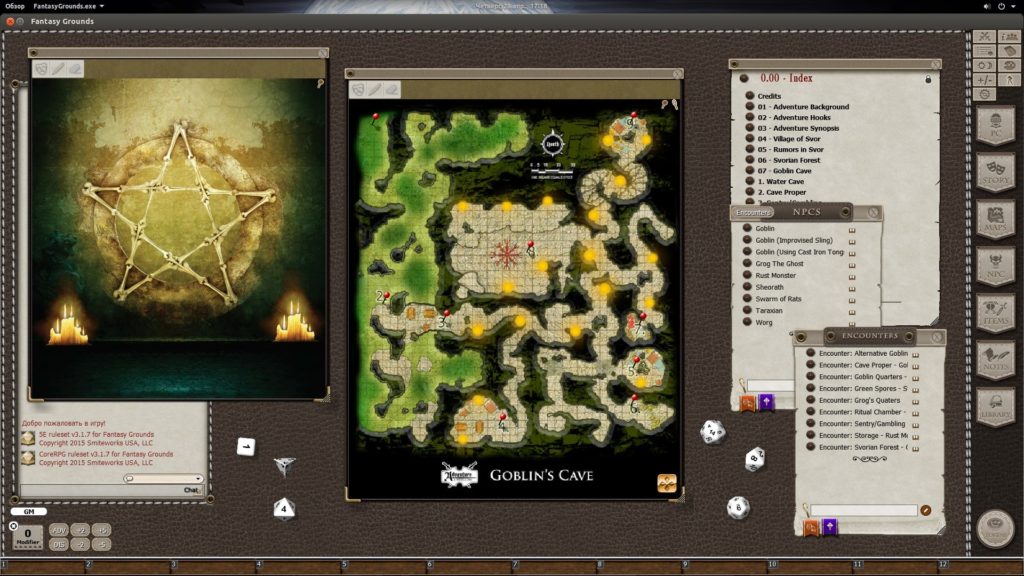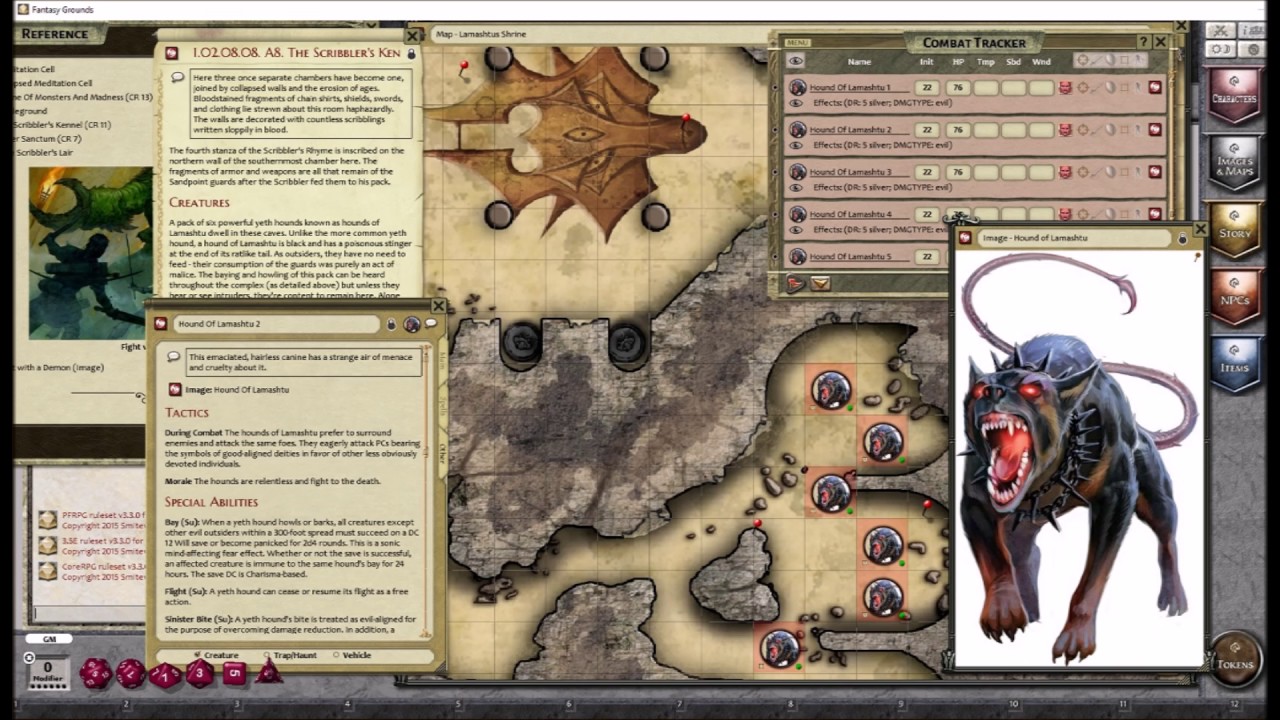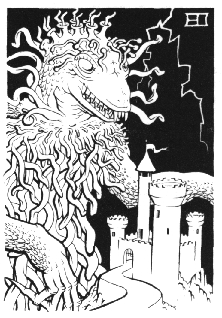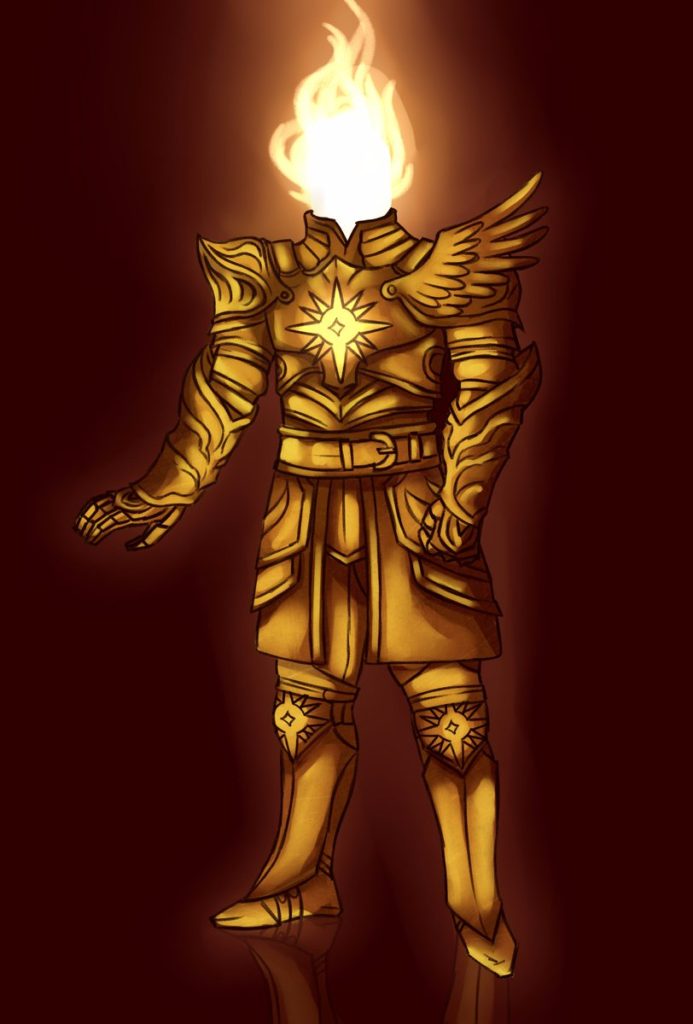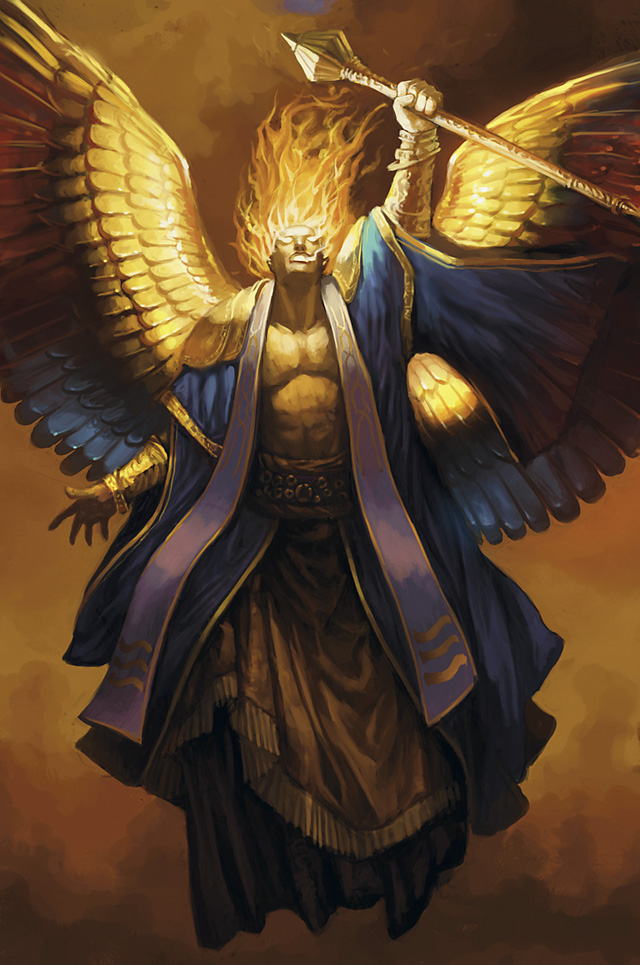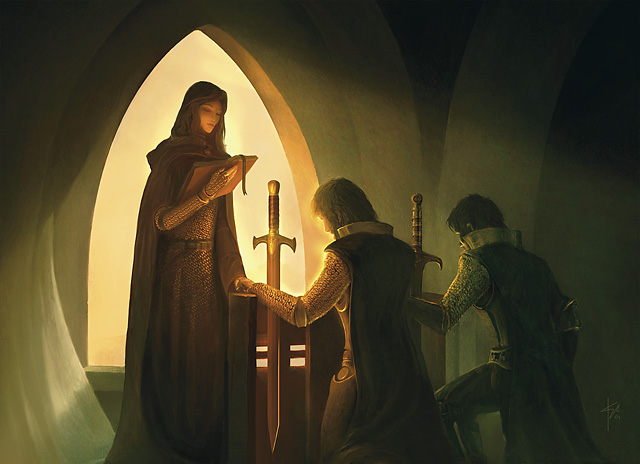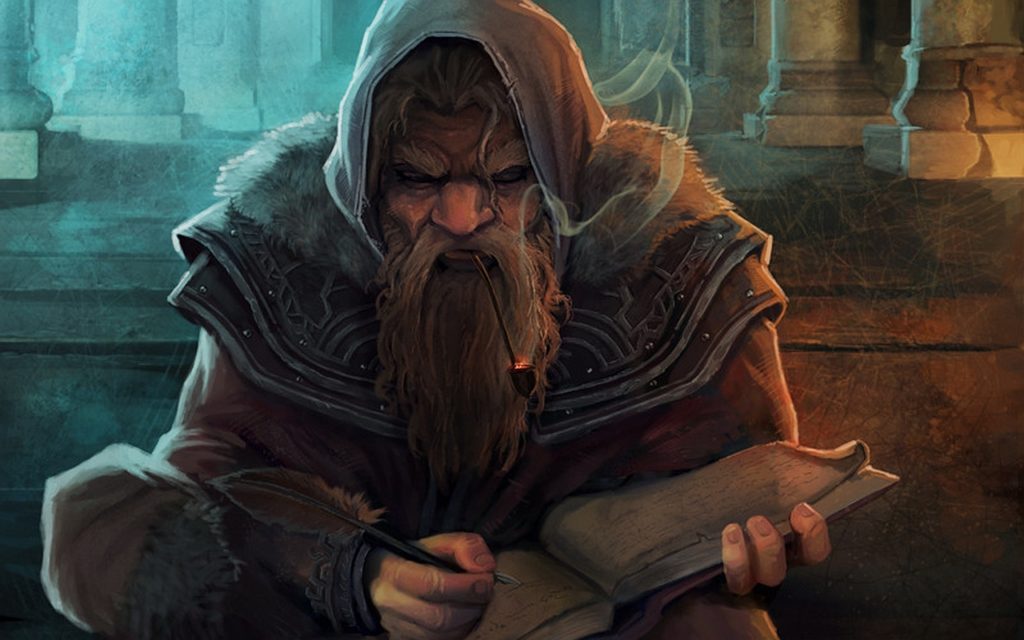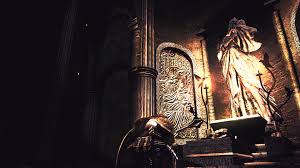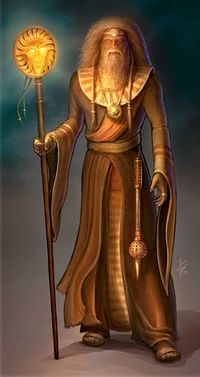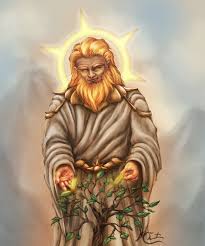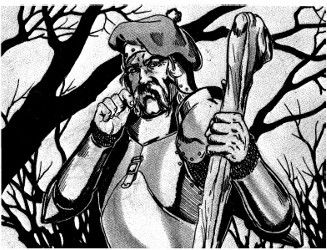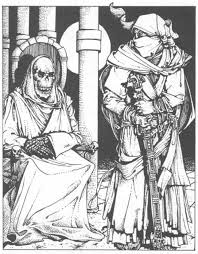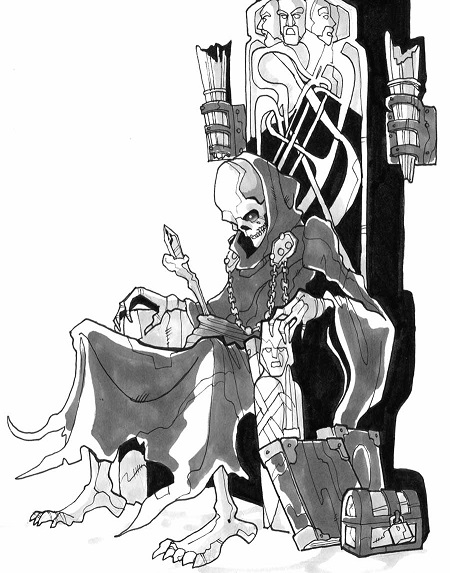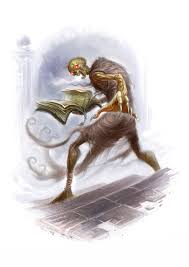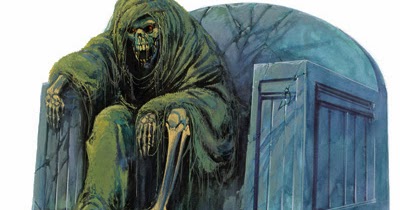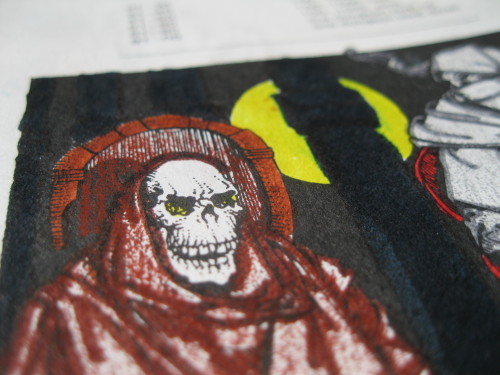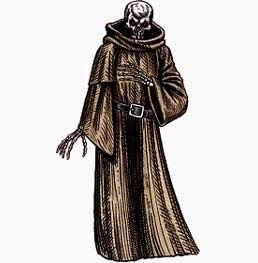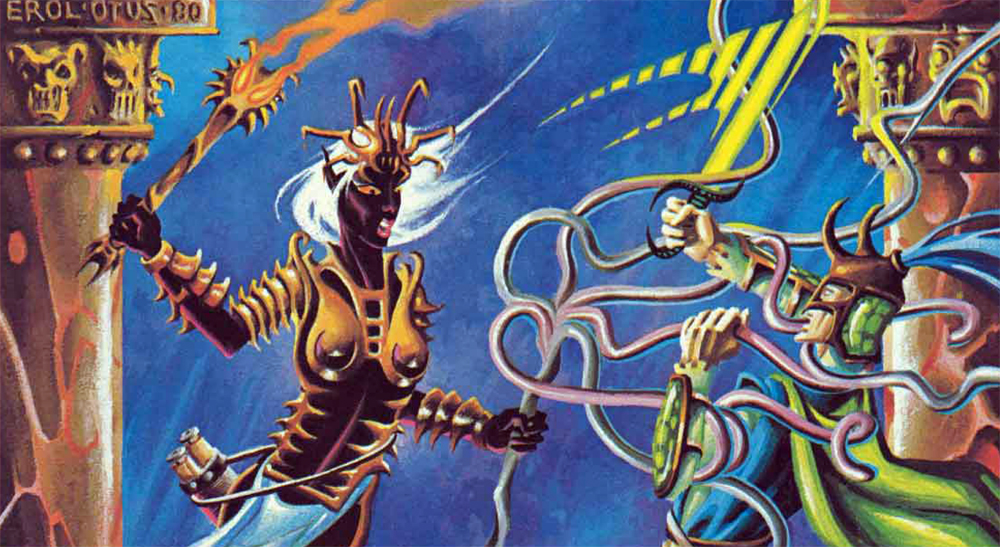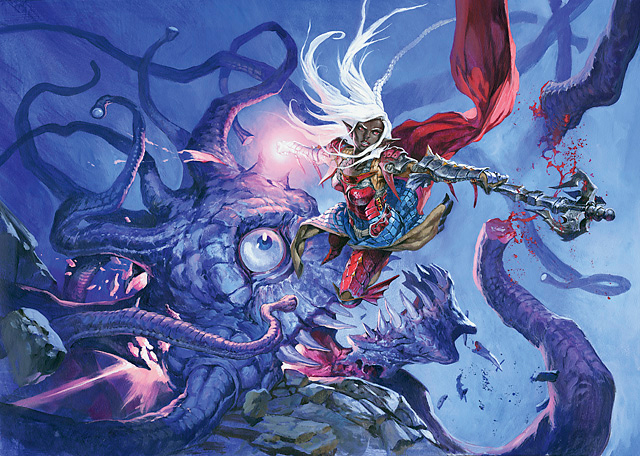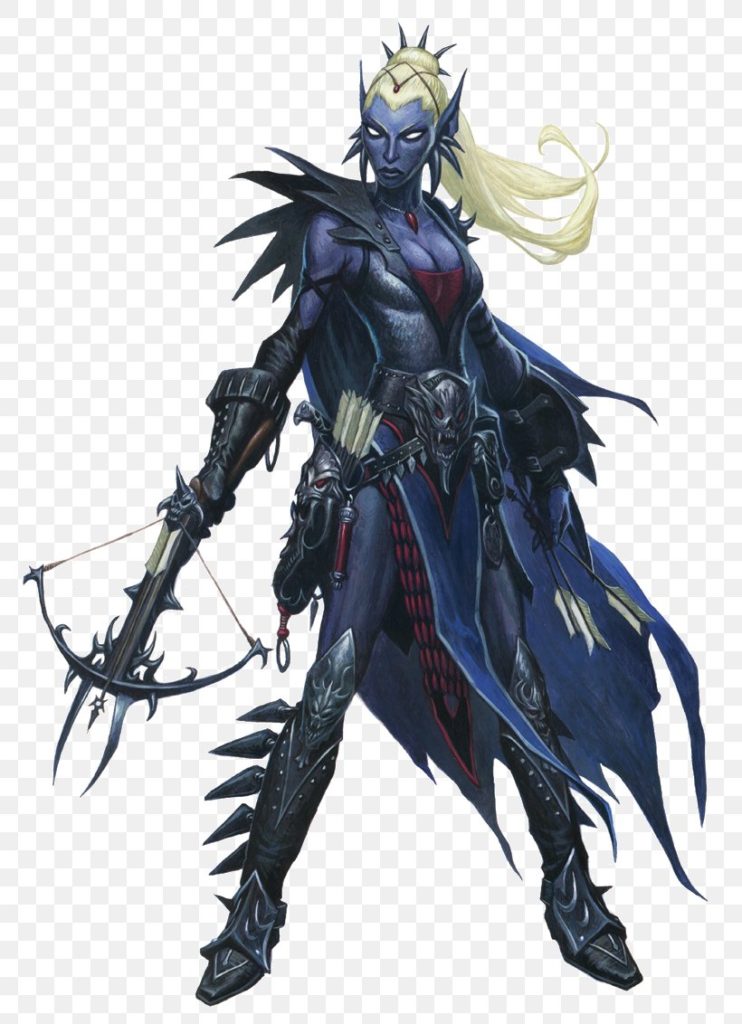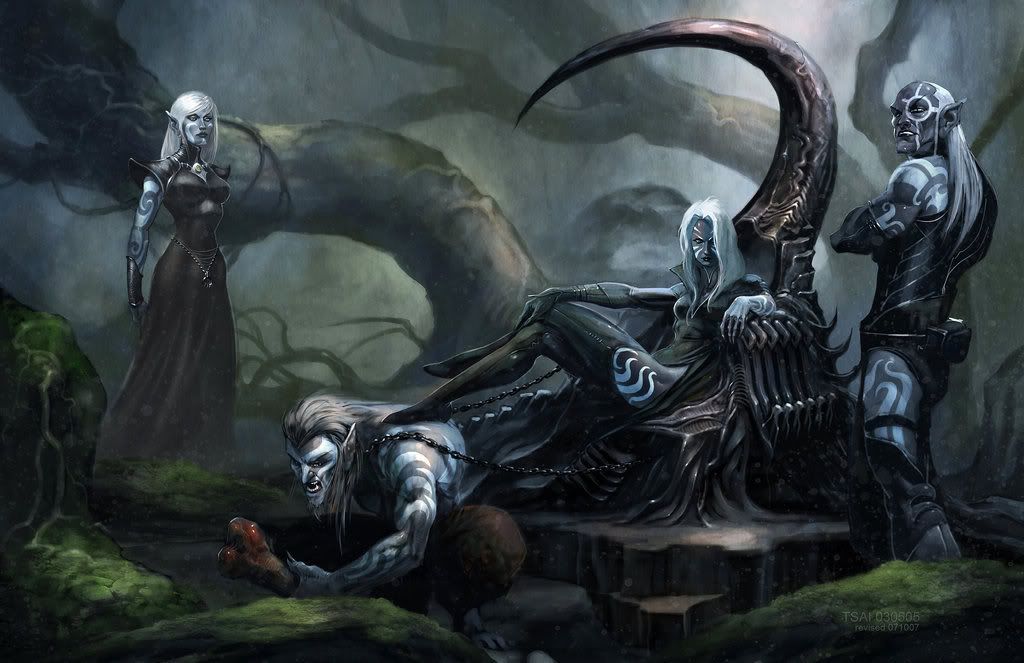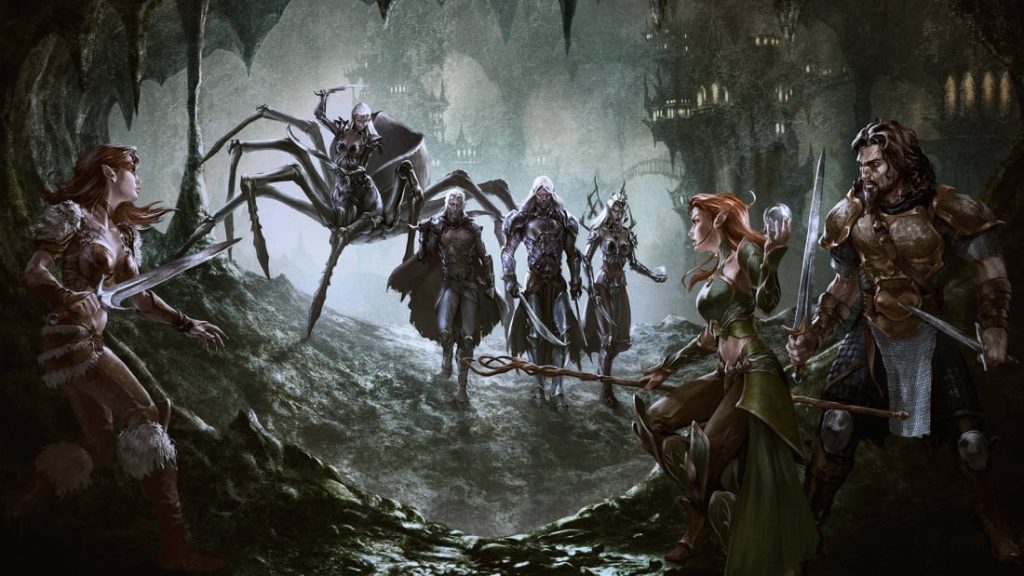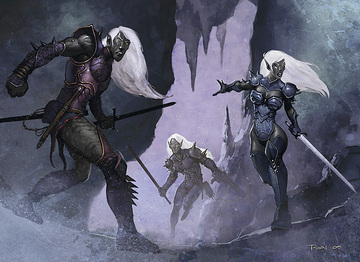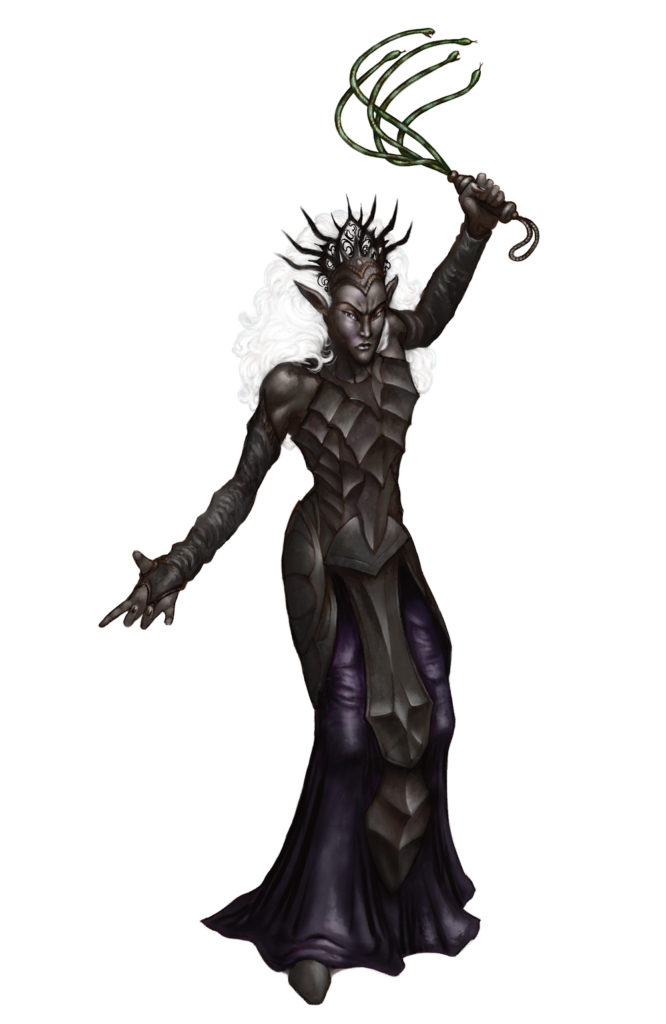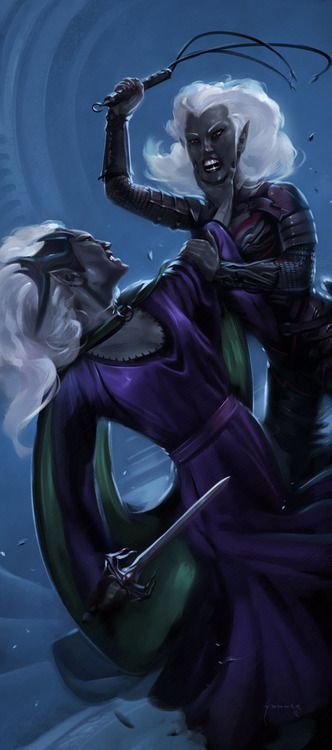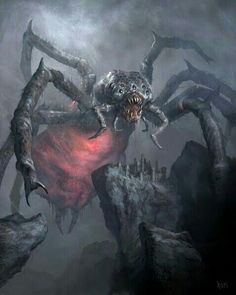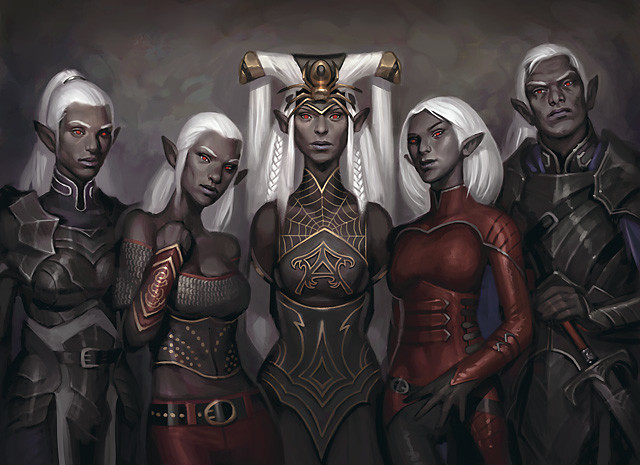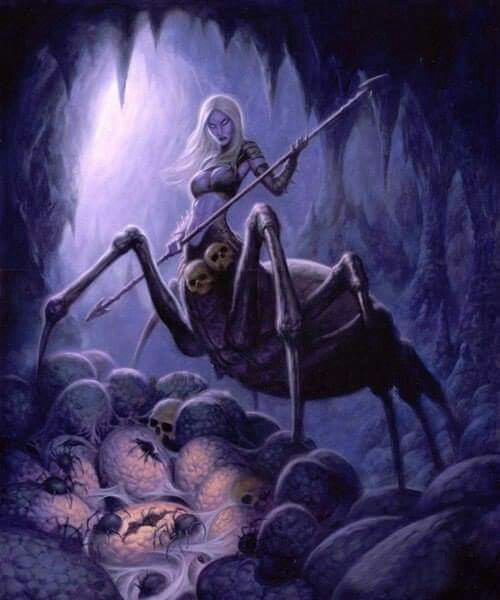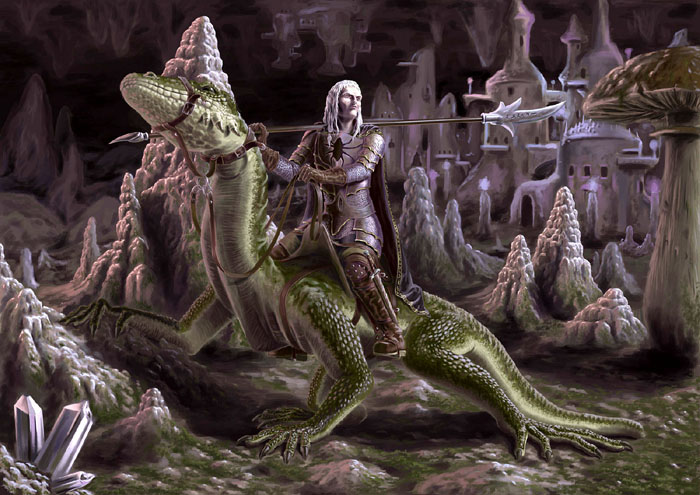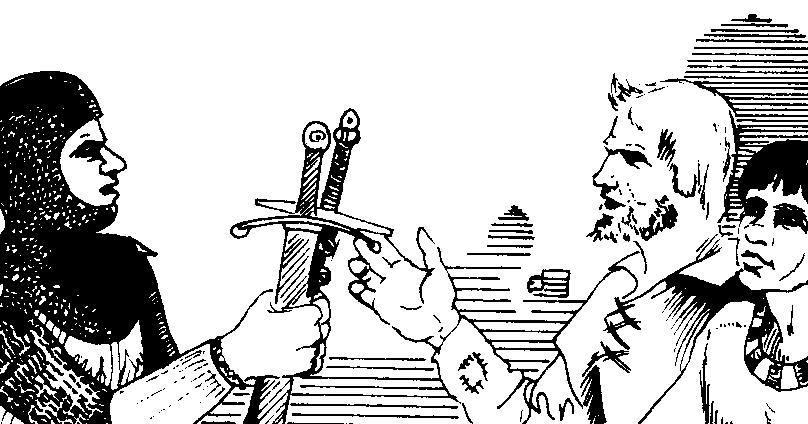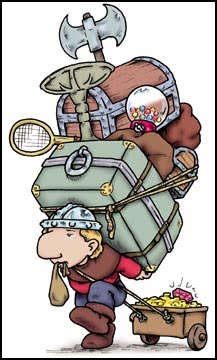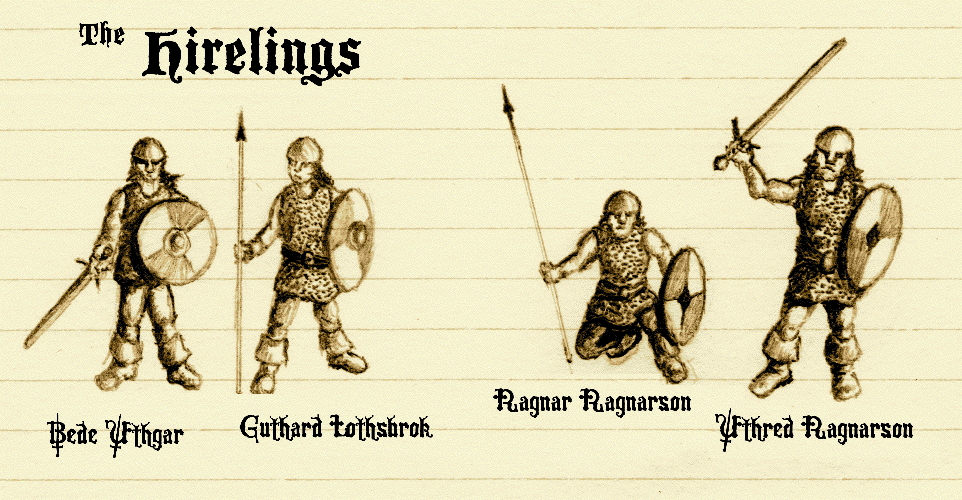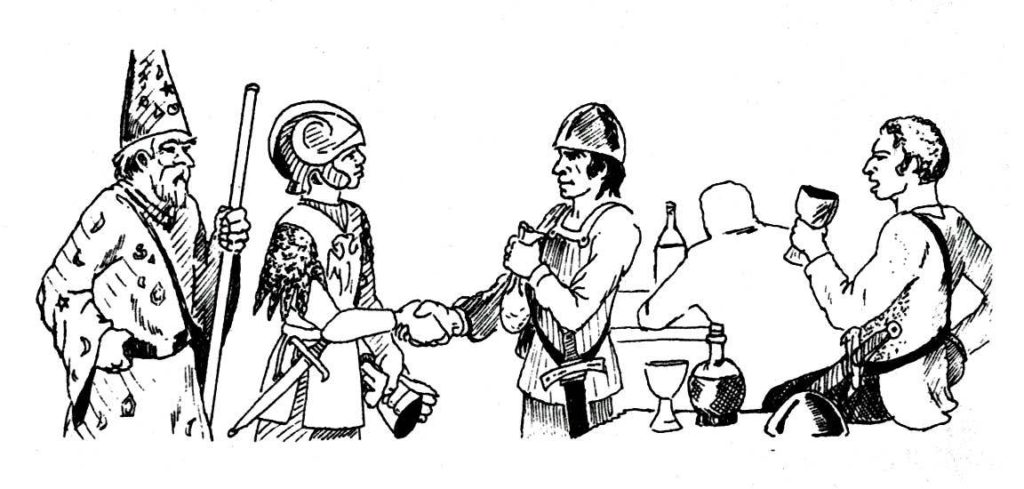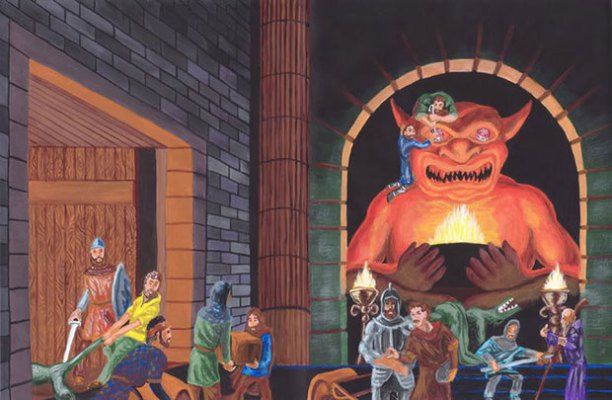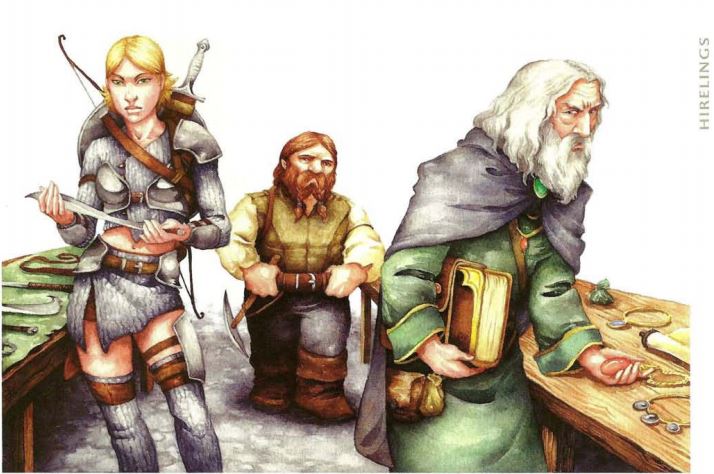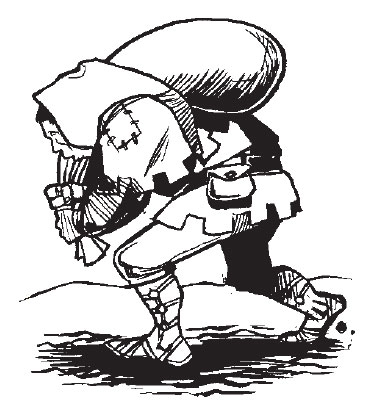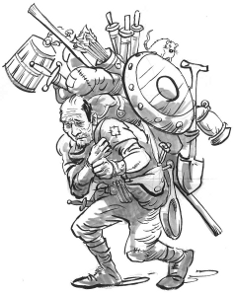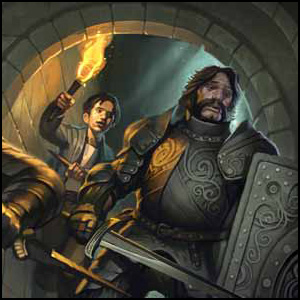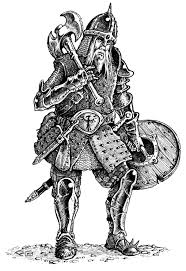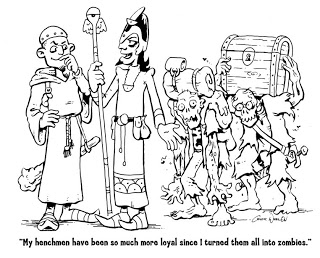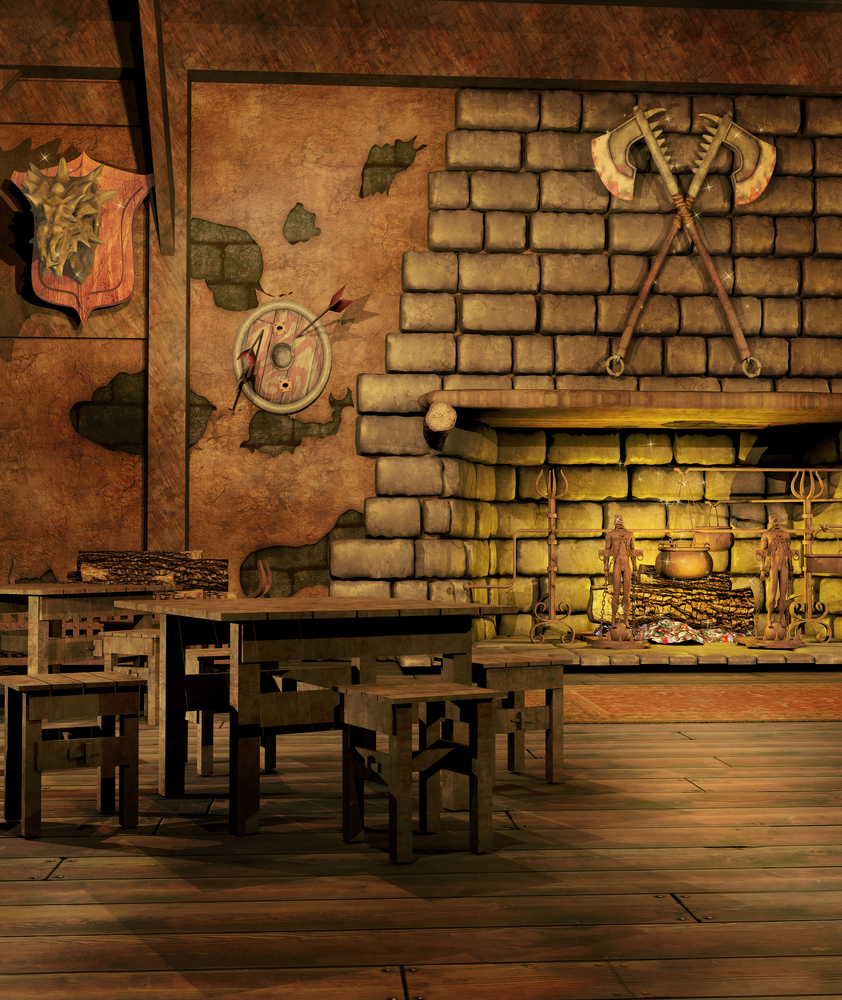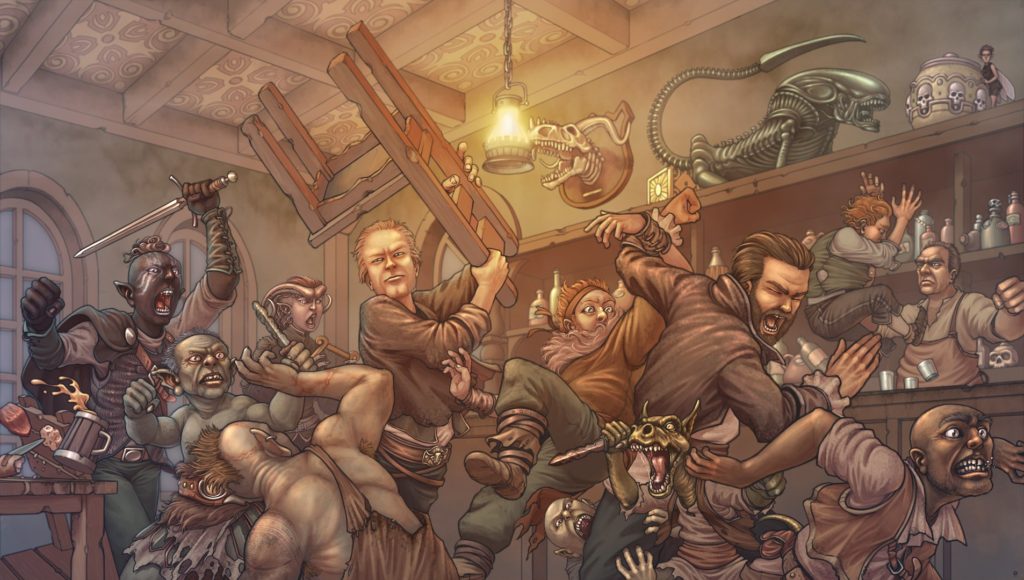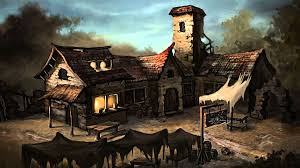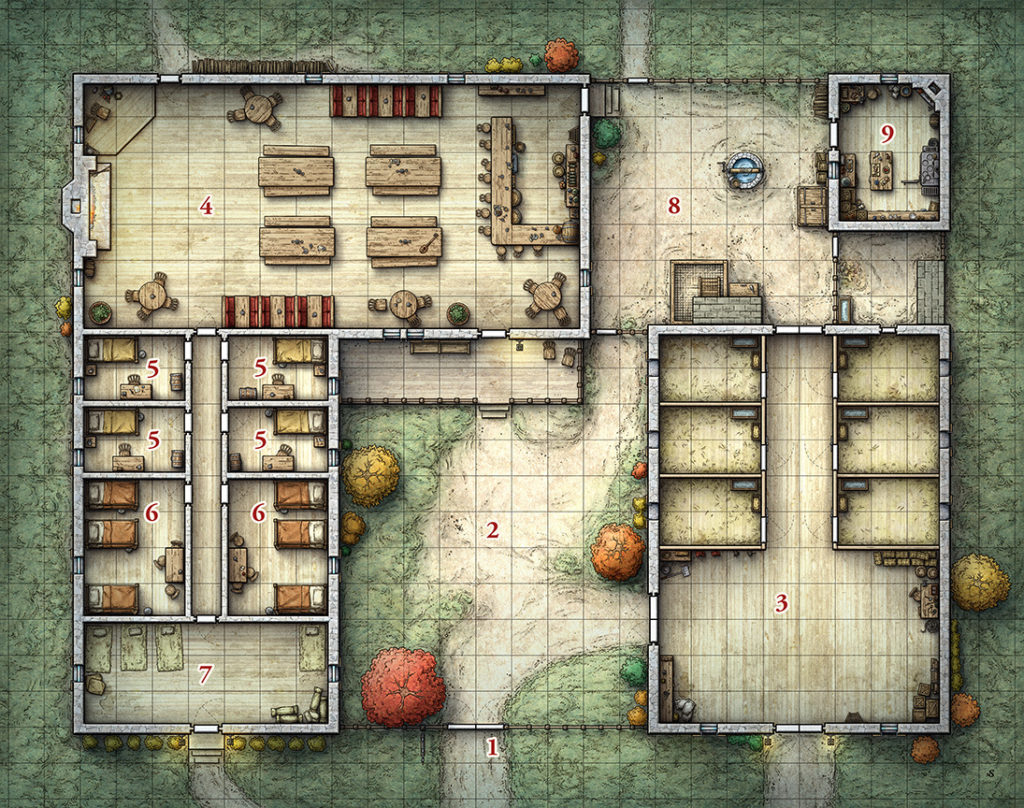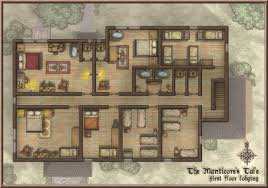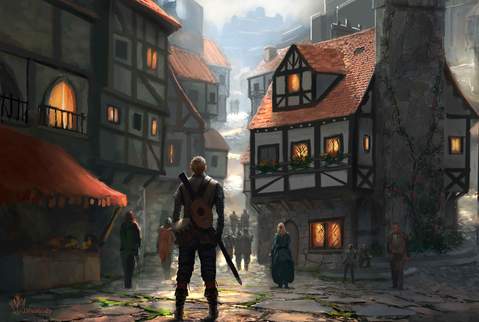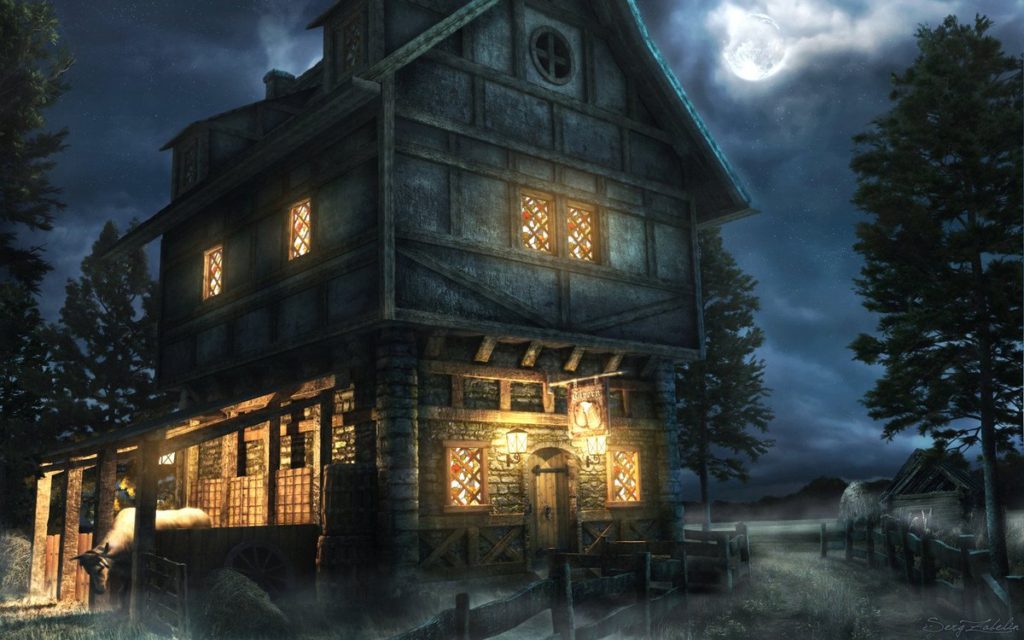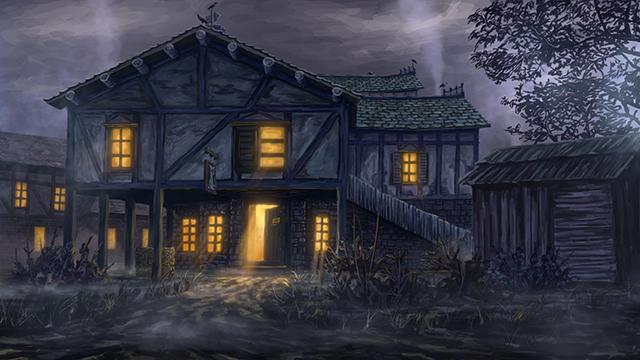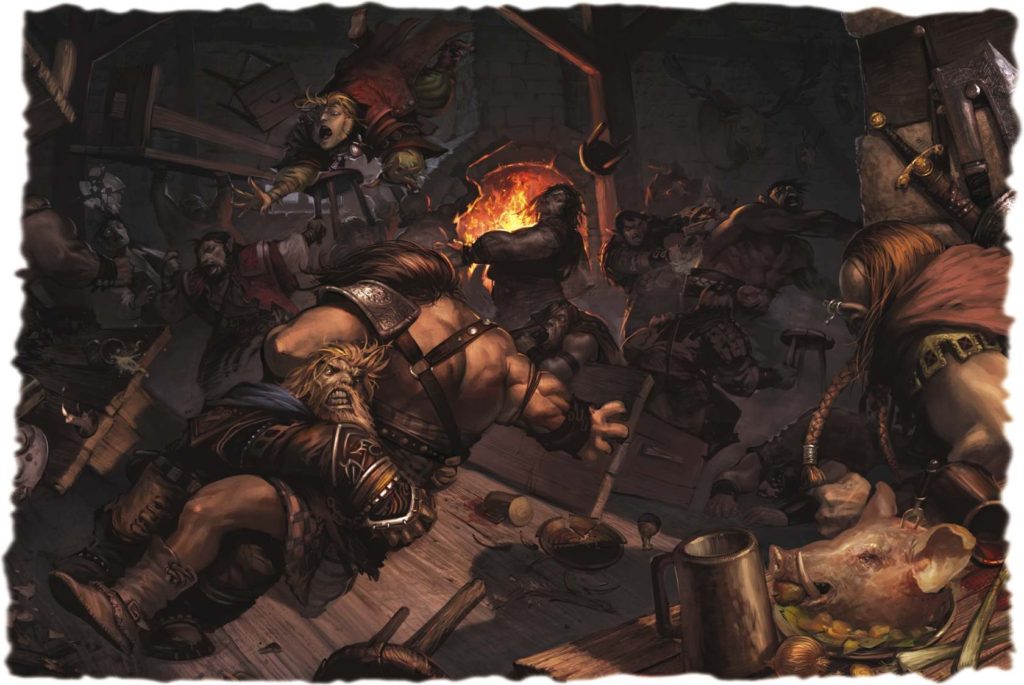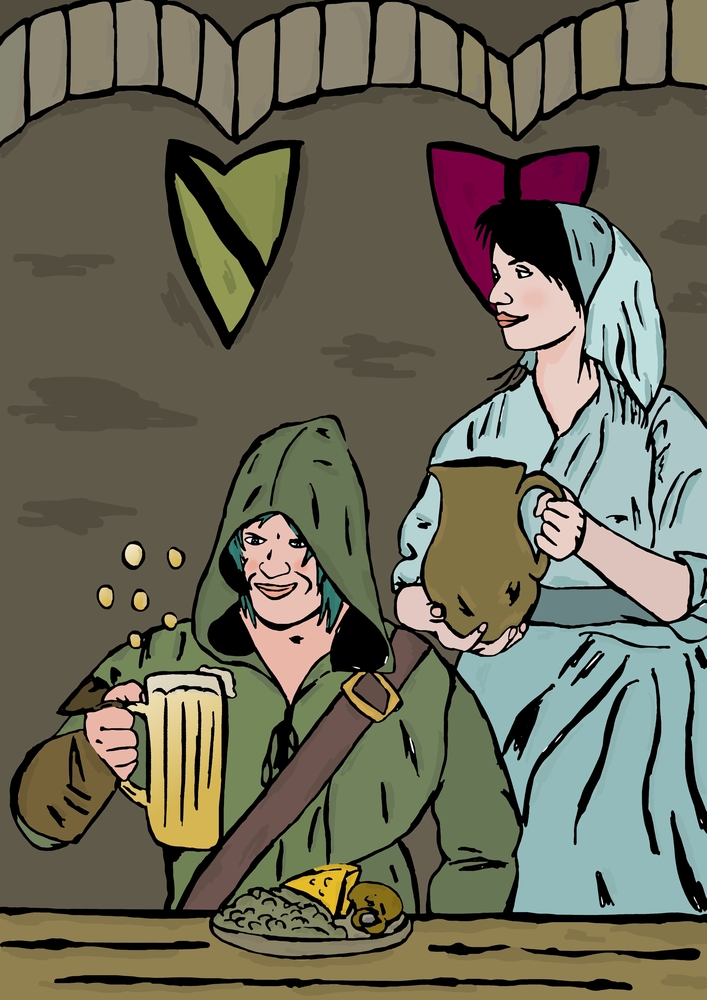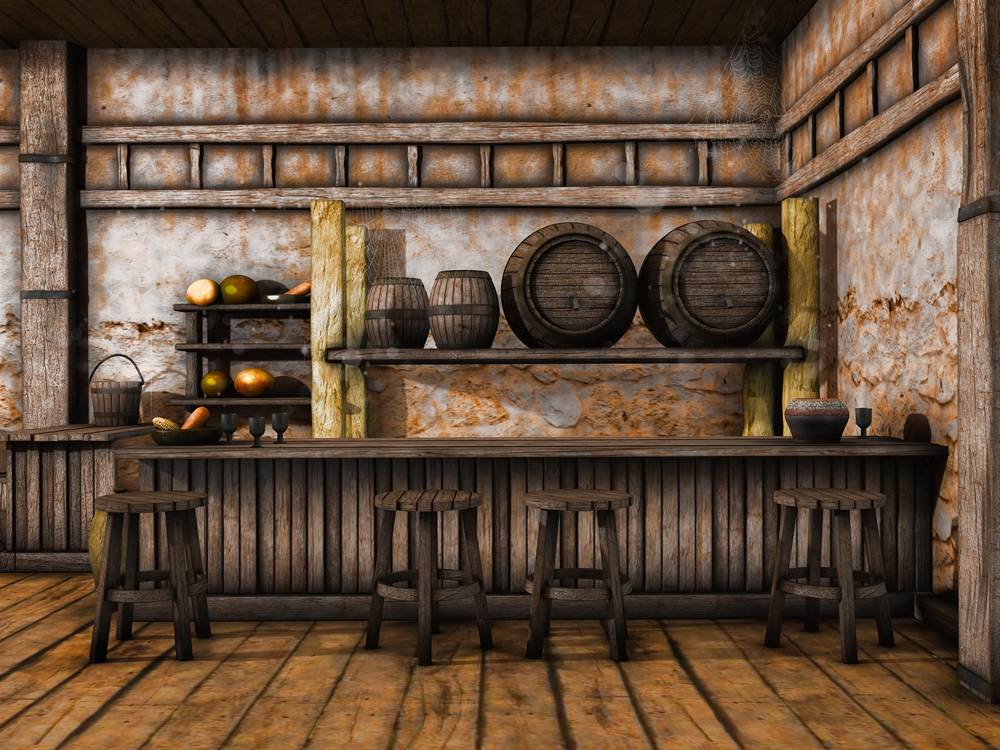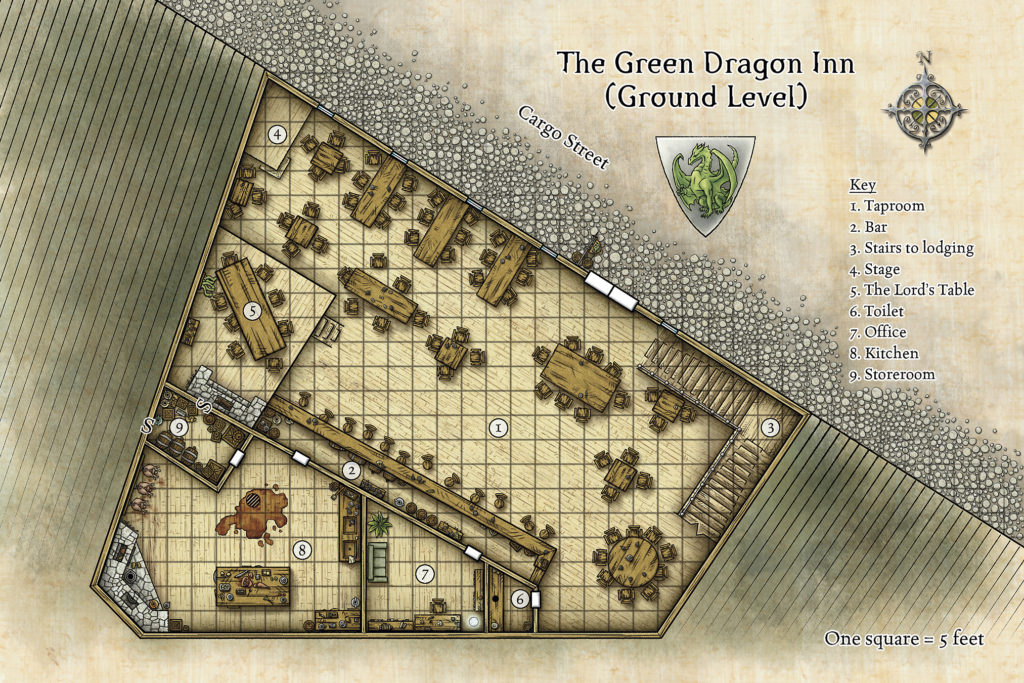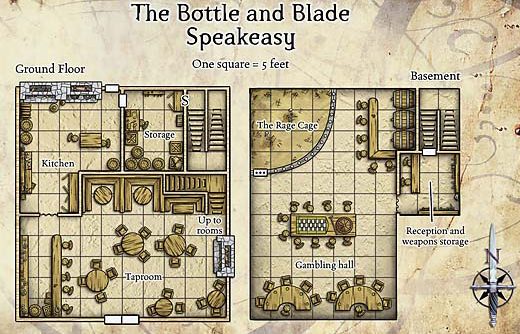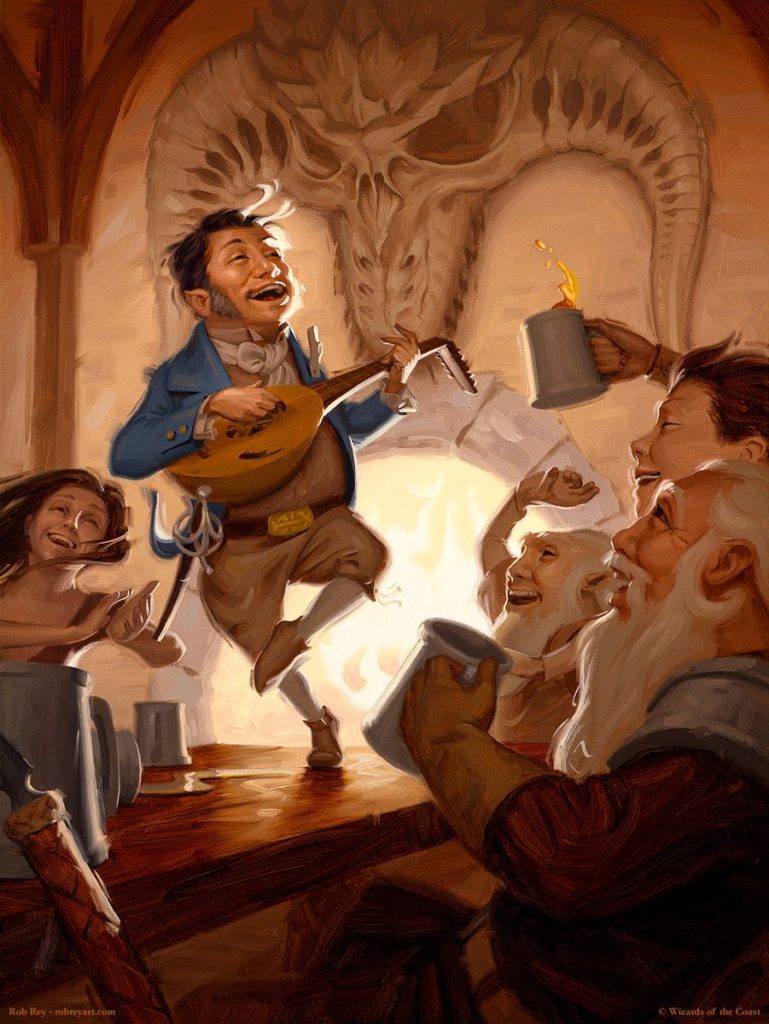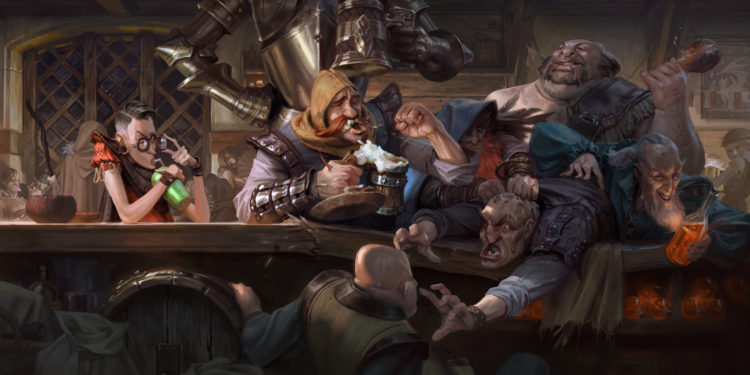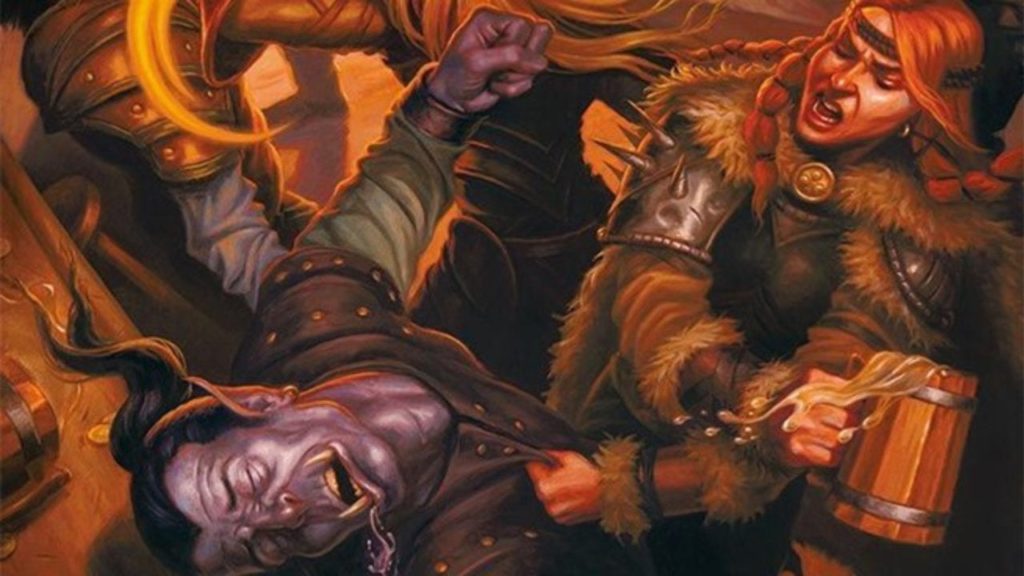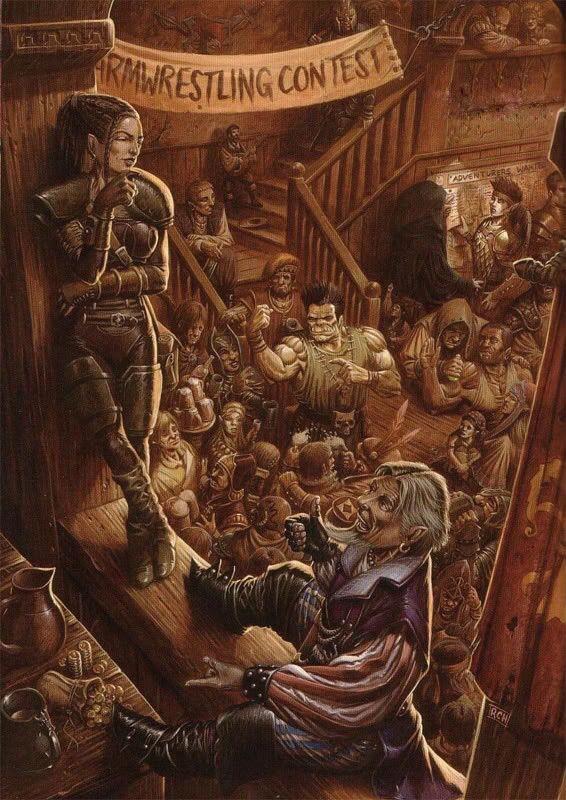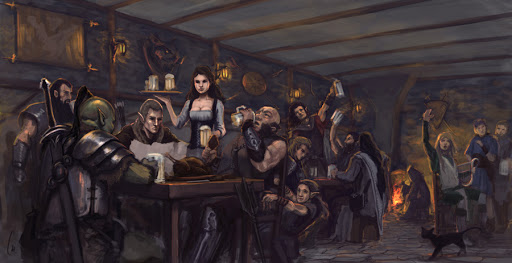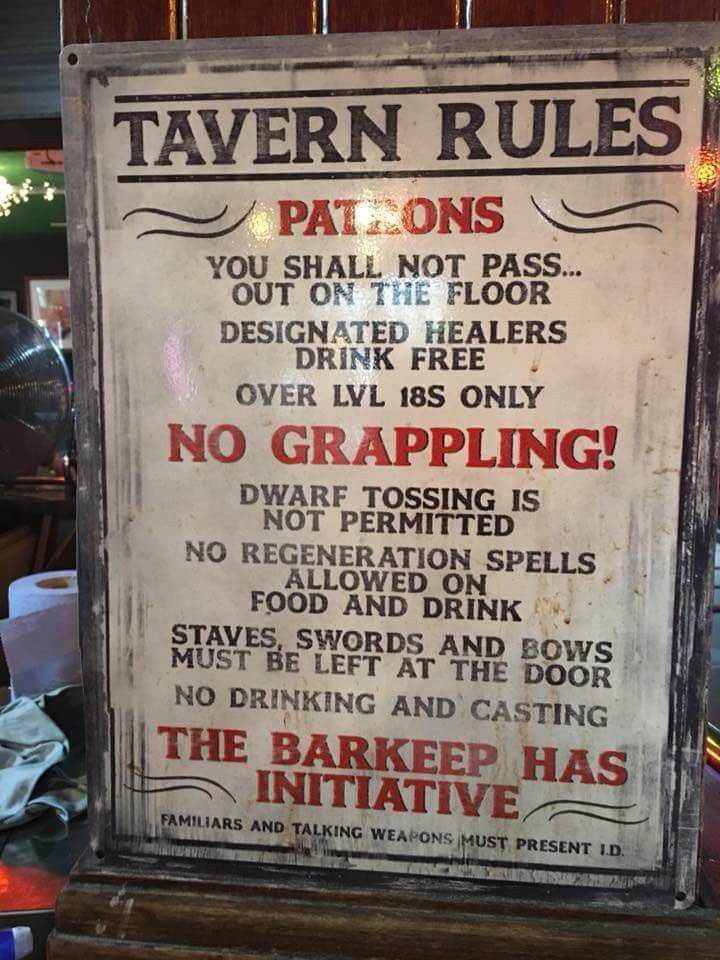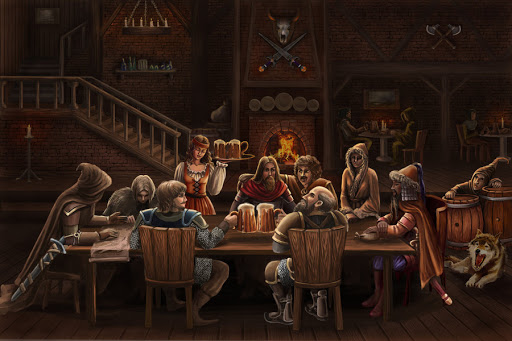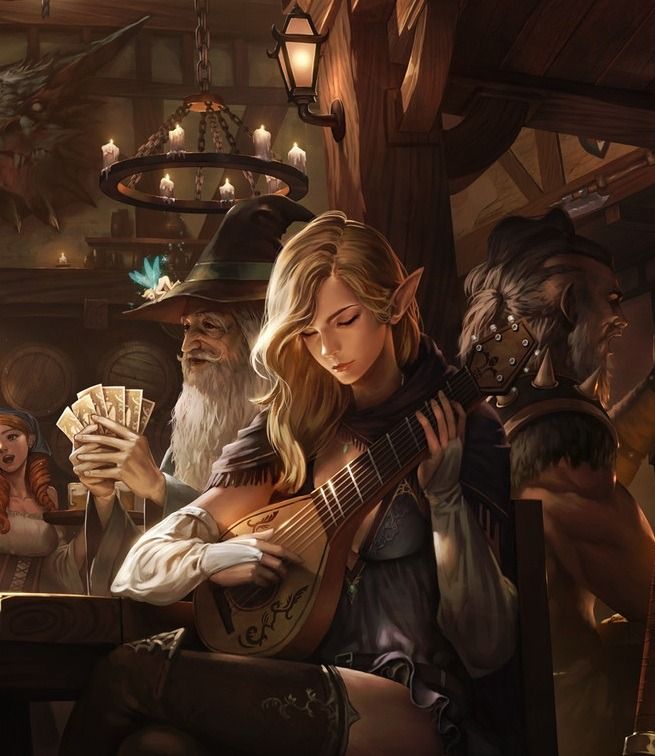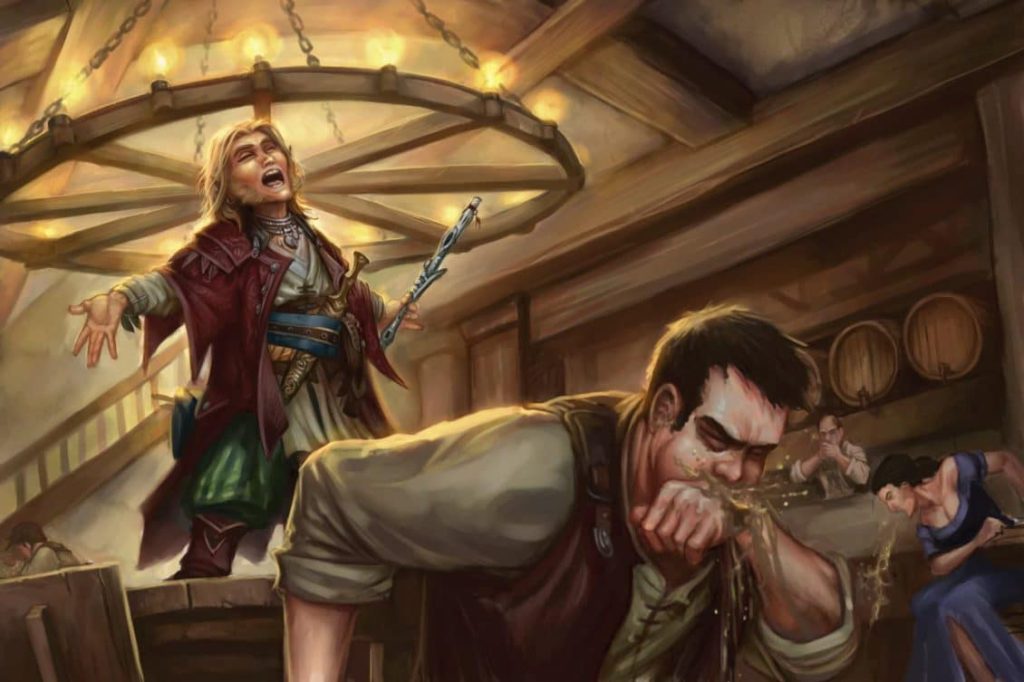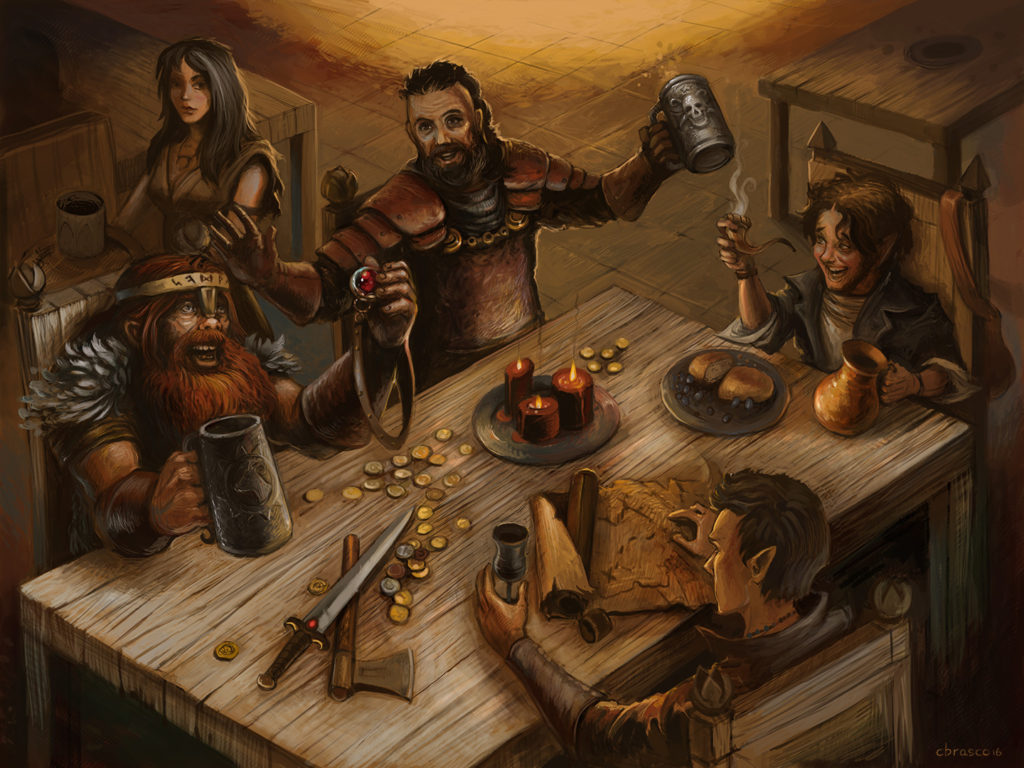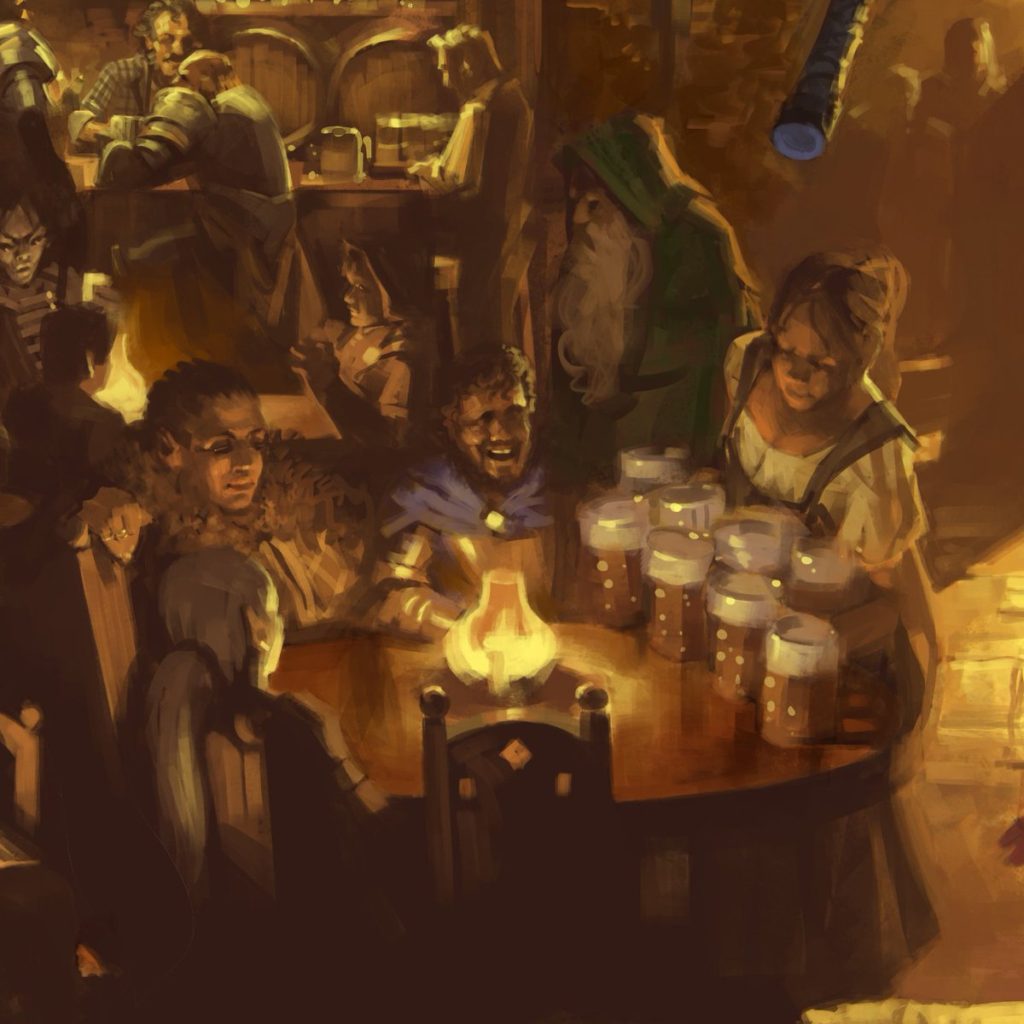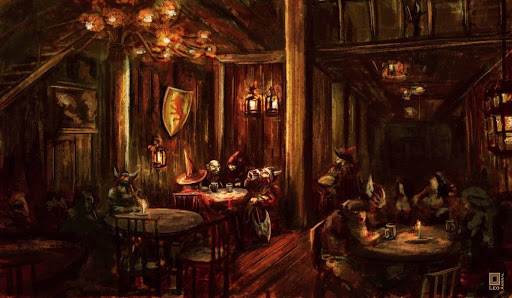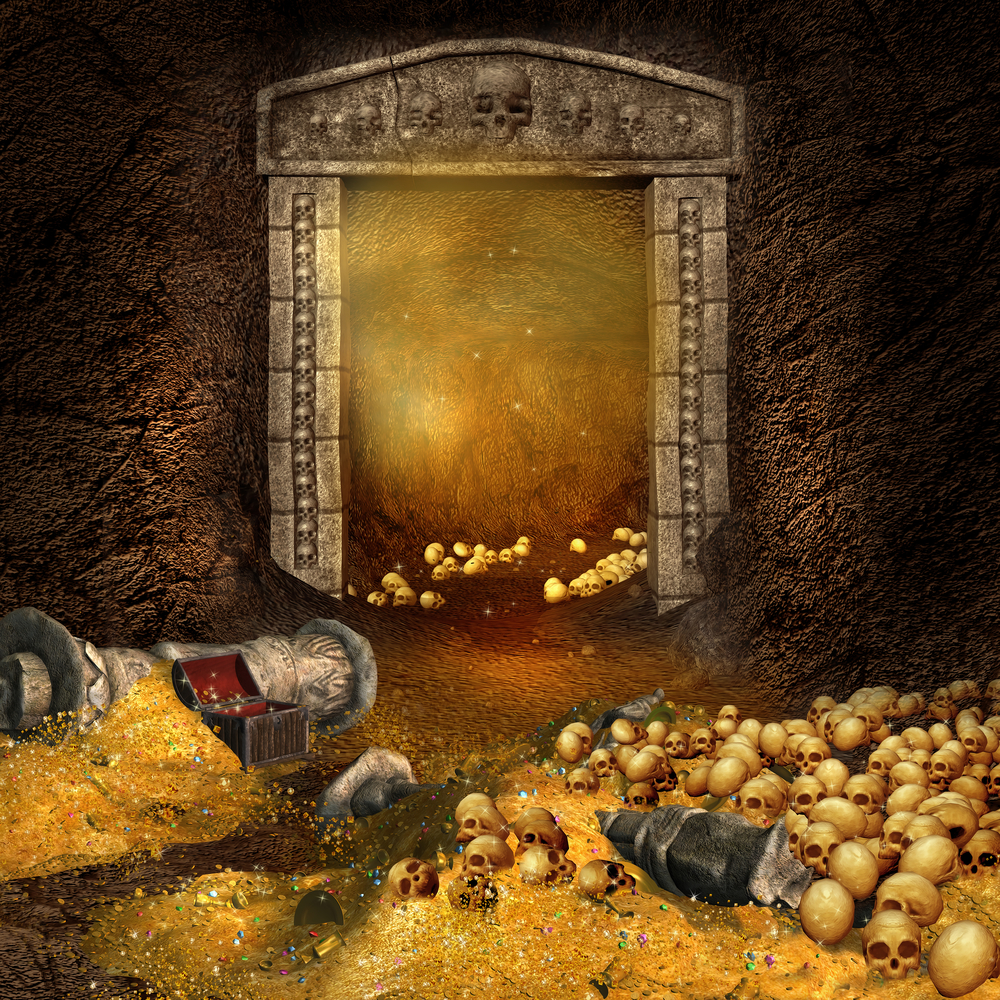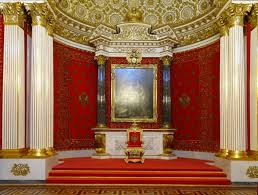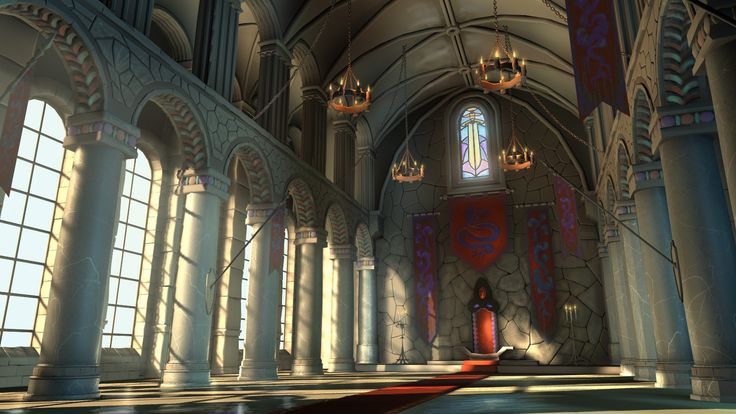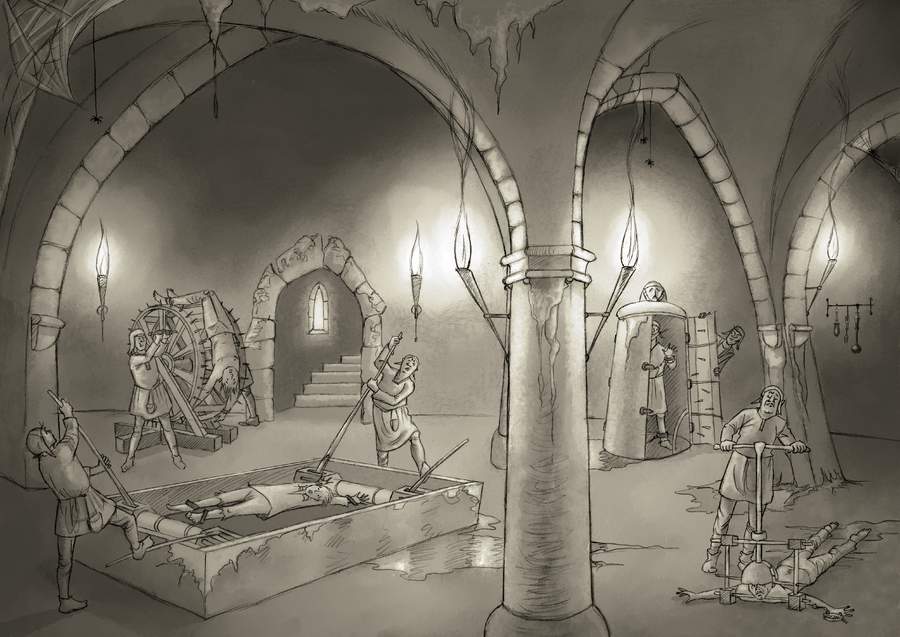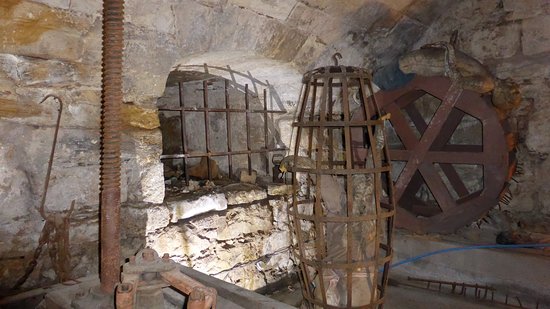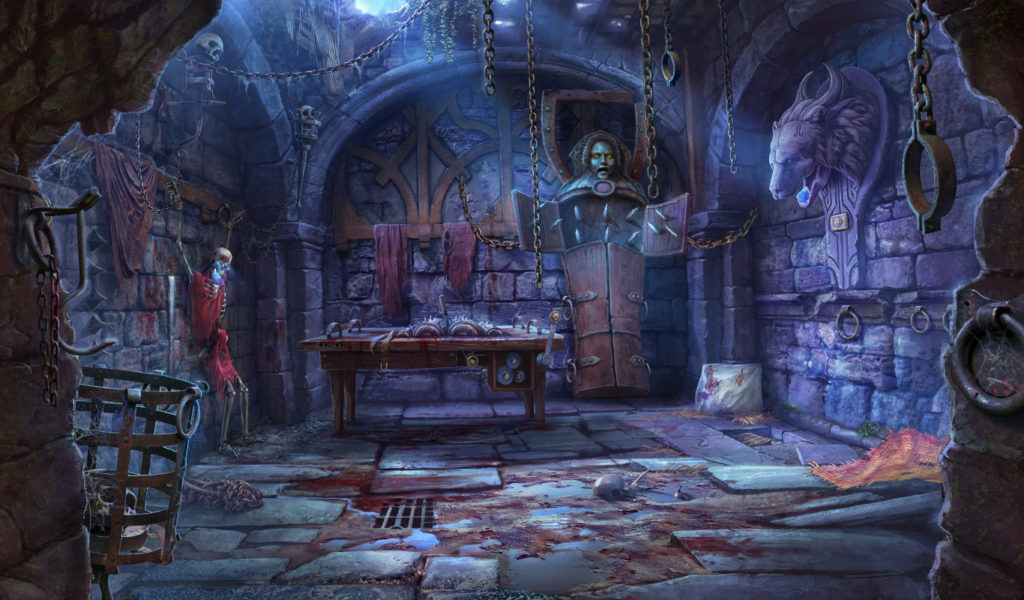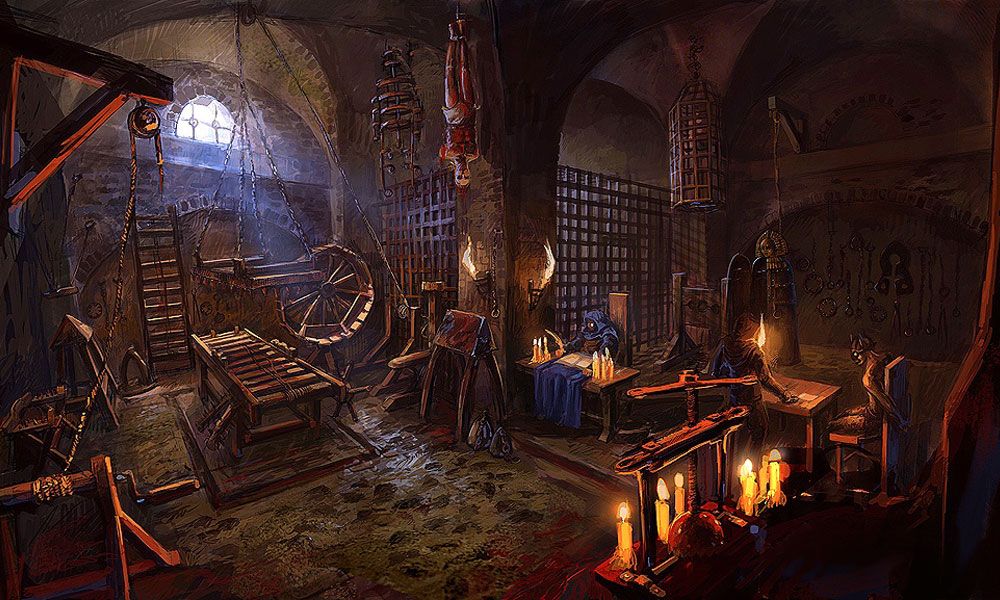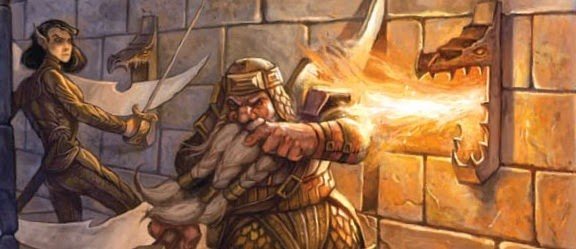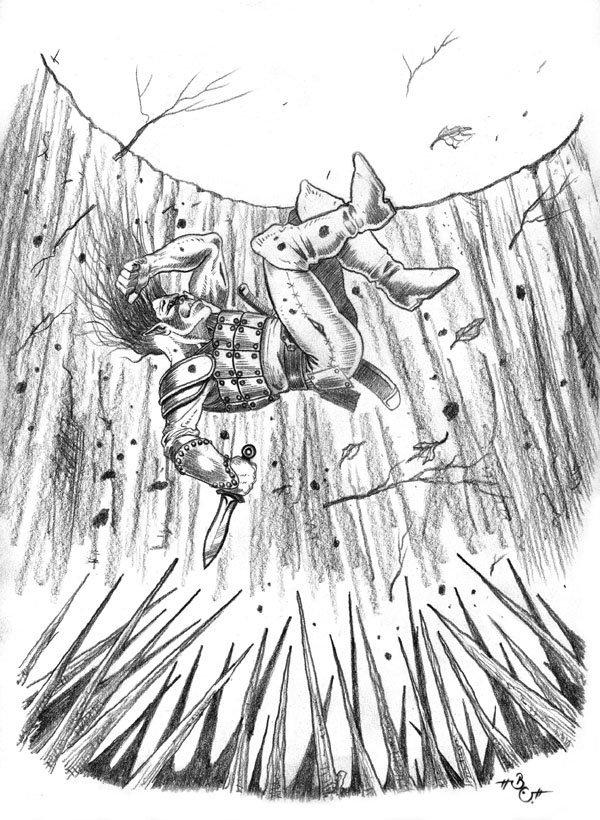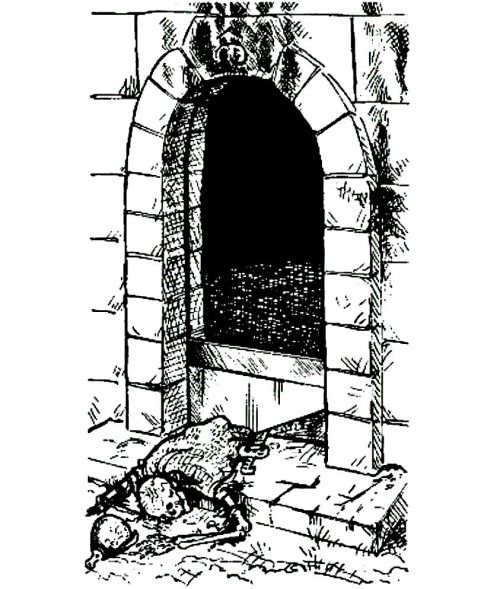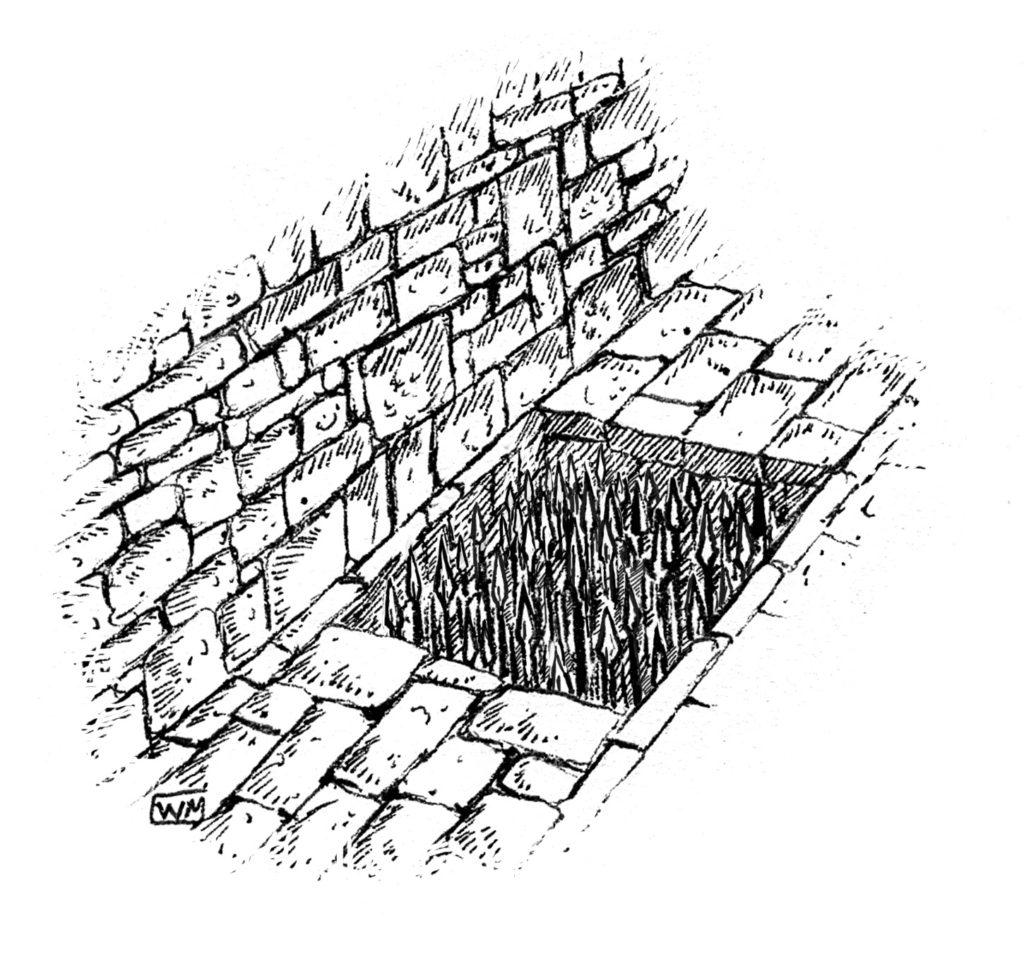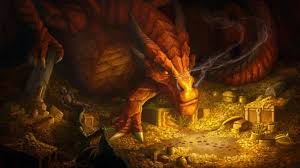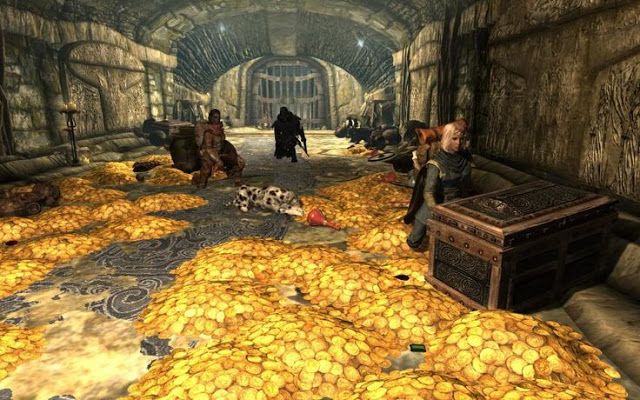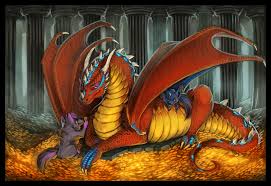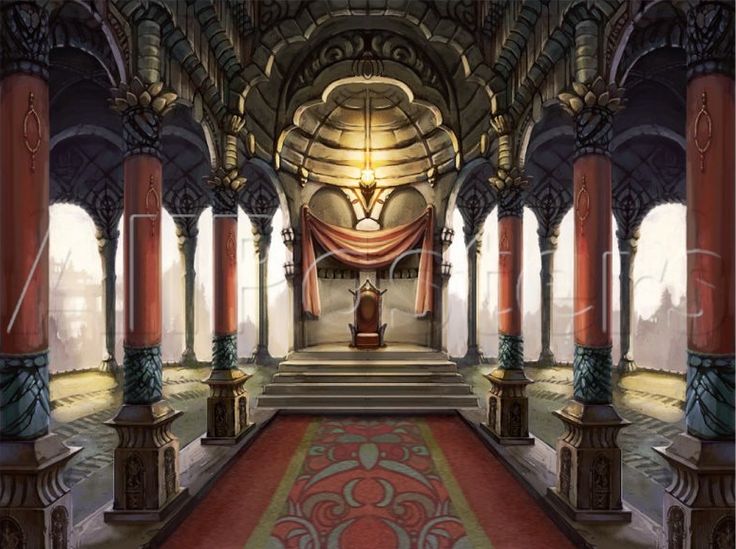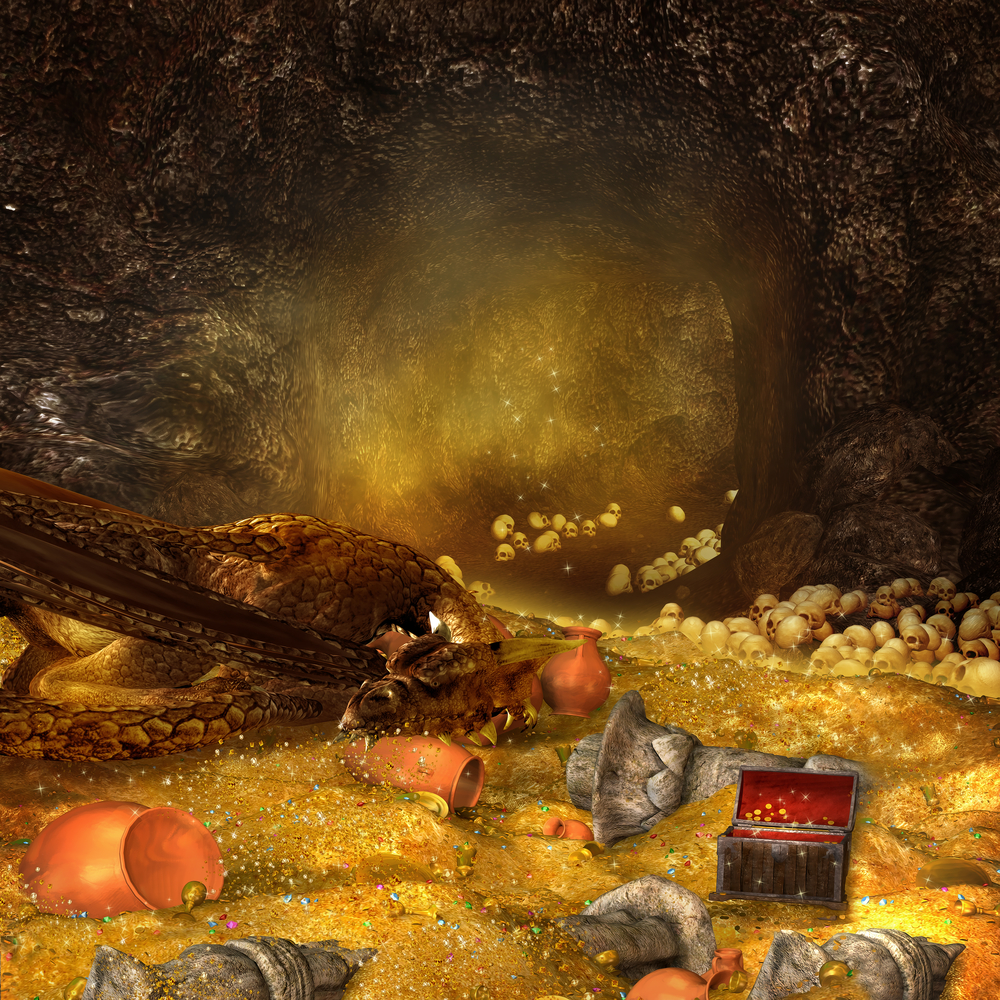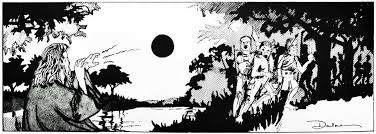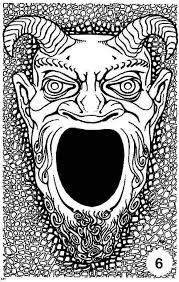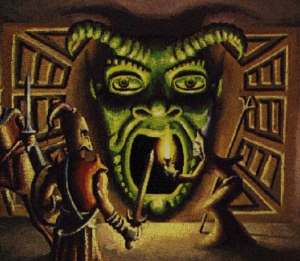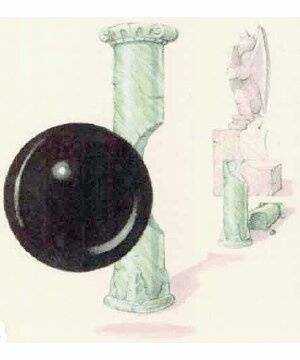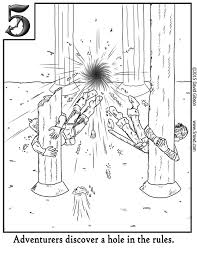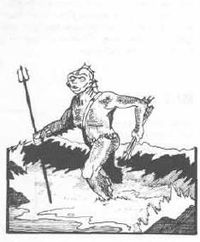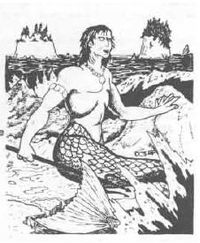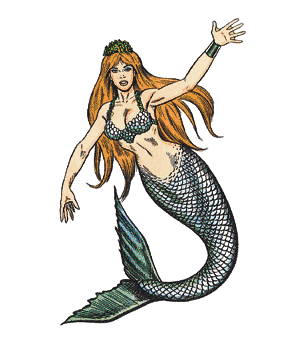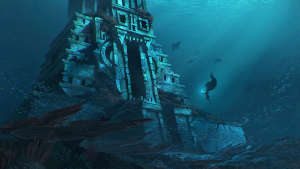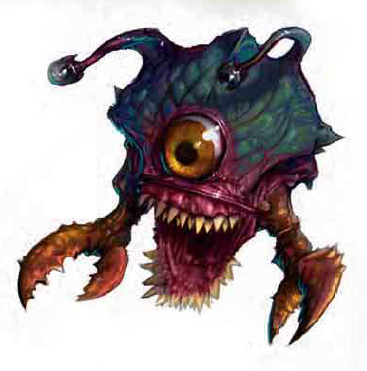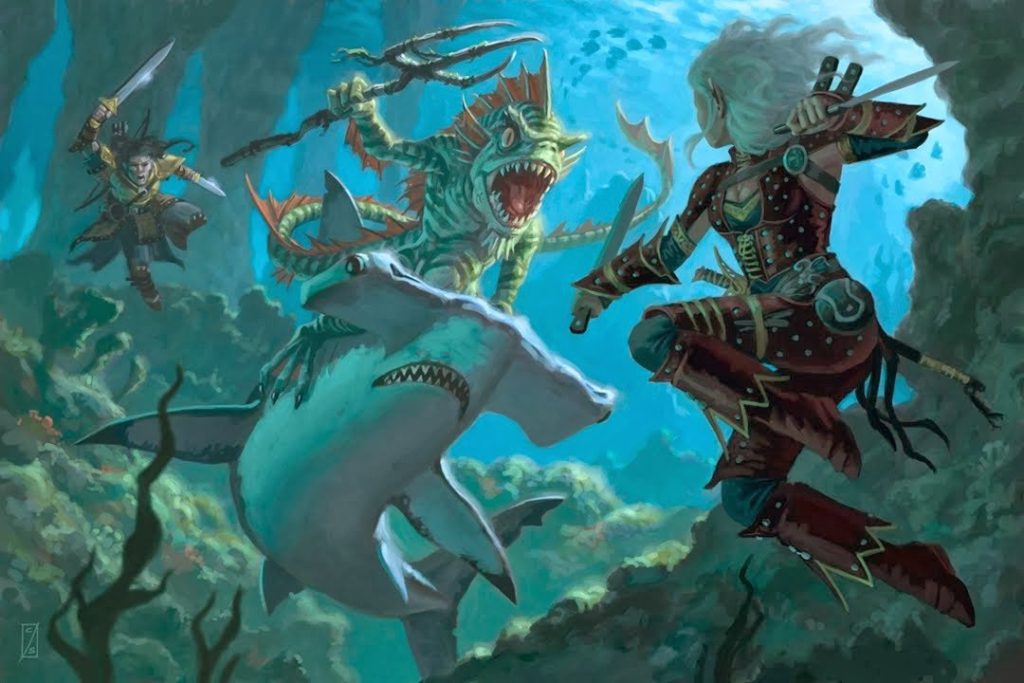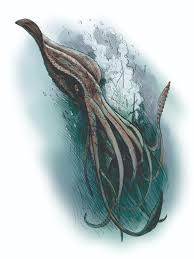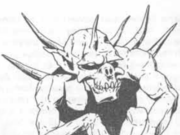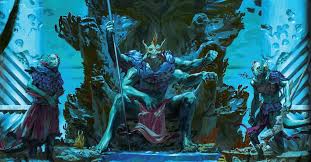As I am writing this article the Corona Virus, Covid 19, Is raging across the world and right here in the United States. It is not exactly the Black Plague but clearly it has the entire world terrified. People are dying. And the disease is highly contagious. More people, than ever before, are taking their games online. This article is an attempt to help those considering taking that plunge.
Clearly I do not know everything about this subject. Perhaps I do not know much about it at all as of yet. It is likely that I will make mistakes in this article as a result of my ignorance. For that I apologize in advance and ask that you correct me by comment on this site or on the social media where I post this article. Also, if I have ignored an option that you are currently using, then I certainly want to know about it. Please let me know and I will update this article as often as necessary to get the word out about all potential options.
First, and foremost, I want to say this. I am certainly no expert on this subject. I have been doing my own research because I too have been considering moving to some form of online gaming. Like everyone else my own gaming group is on hold during the pandemic. We played, previously, on my kitchen table. First Edition AD&D was played here every Wednesday night for several years with pretty much the same people involved. I had run a much longer group several years back at a friend’s house. Times have changed. And even old dinosaurs like me need to change with them. When it is all over I am sure that my regular group will want to keep playing in person but as I get closer to retirement I can see myself wanting to run another group or two on the side. The internet seems like the perfect place to do exactly that.
There is one other point I wish to make clear at the beginning of this article. I do run some affiliate links on this web site. However, none of those products or services linked in this article, are affiliate links. This article is purely intended to give information on this subject matter and for no other purpose.
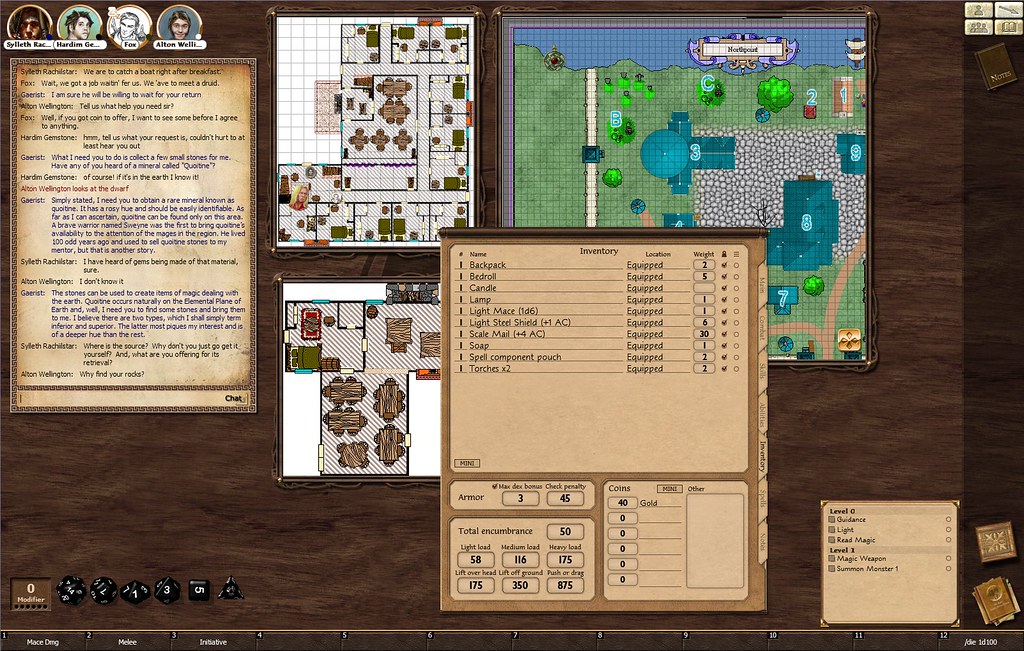
What Exactly is a Virtual Table Top?
Ok. So let us begin with a definition. Because virtual table tops mean different things to different people. I discovered this when I started a poll on Dragonsfoot.org to find out which methods of playing Dungeons and Dragons online were being used. I offered about fifteen options to begin with from my cursory review of options being offered on the web. There were literally dozens of VTT options when I searched for them on google. Some seemed dead. Others were brand new. So I offered the ones that appeared to be alive.
What I discovered, however, was that there were many options that i had not considered at all. This is because they do not classify themselves as a virtual table top. But people are using them to play online nevertheless.
For this article I googled for a definition of a virtual table top. That definition is as follows:
Virtual tabletop software (sometimes referred to as VT or VTT) is designed to enable one or more users to play games on their computer that are traditionally played on or around a table. … A VT is like a shared whiteboard, but with features that are specifically geared to facilitate gaming in particular.
But clearly from my poll people were going far beyond this type of software to play their online games. Some were using video conferencing sites such as Zoom or Skype to run their games. Others were using things like Discord for audio and video. Some were using actual VTT sites such as Roll 20 and Fantasy Grounds. It was all over the place. There were some clear leaders, however, which I will discuss in the next section.
But one thing becomes immediately clear from all this discussion. There are many ways to run a Dungeons and Dragons group online. And none are perfect. Each has different features. And these features are what draws individual Dungeon Masters to that method of online play. It is quite possible that, as I write this, many people are playing online with methods that my poll did not even uncover. Any sort of software that allows communication over the internet could be used for this application.
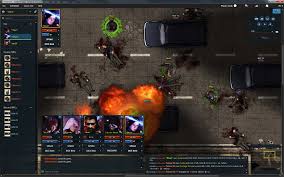
The Virtual Table Top Poll
I chose to run the poll on Dragonsfoot.org because it has an active community of people who play Dungeons and Dragons. I suppose I could have run some polls on Facebook or Reddit looking for the answers as well.
Unfortunately, I did make a mistake, in my use of the poll. I knew when I began it that I would have to modify it from time to time in order to add poll options. What I had not anticipated, however, was that the forum software would reset the poll results each time that I did so. So the numbers are now hopelessly wrong. But some trends from the poll are still obvious.
Many people had selected Roll 20 as their first option before I began making changes to the options in the poll. It is pretty apparent that Roll 20 is the leading option out there in terms of how many people are using it. Fantasy Grounds is a clear second in the poll.
The actual poll message can be found at the following link:
Some other points also became apparent from reading the responses. Many used a VTT option like Roll 20 or Fantasy Grounds but chose to use another software for the voice comms such as Discord or Ventrillo. Some used only Discord to play their games. Others chose Skype or Zoom to play their games. And of course, there were a few holdouts, who said they would never move to an online game in any form.
Some mentioned using video software for more of a theater of the mind type of game. Some of these responders indicated that they were using a physical white board or miniatures and terrain with the web cam pointing towards that.
A few folks had mentioned using Google Hangouts which I had not even heard of when I formed the poll.
One important point that I should make early in this article is that many of the options mentioned have a virtual dice rolling feature built into them (or at least doable by macro). This is a rather interesting aspect to all of this. And it was another point that I was unaware of when I began looking at all of this.
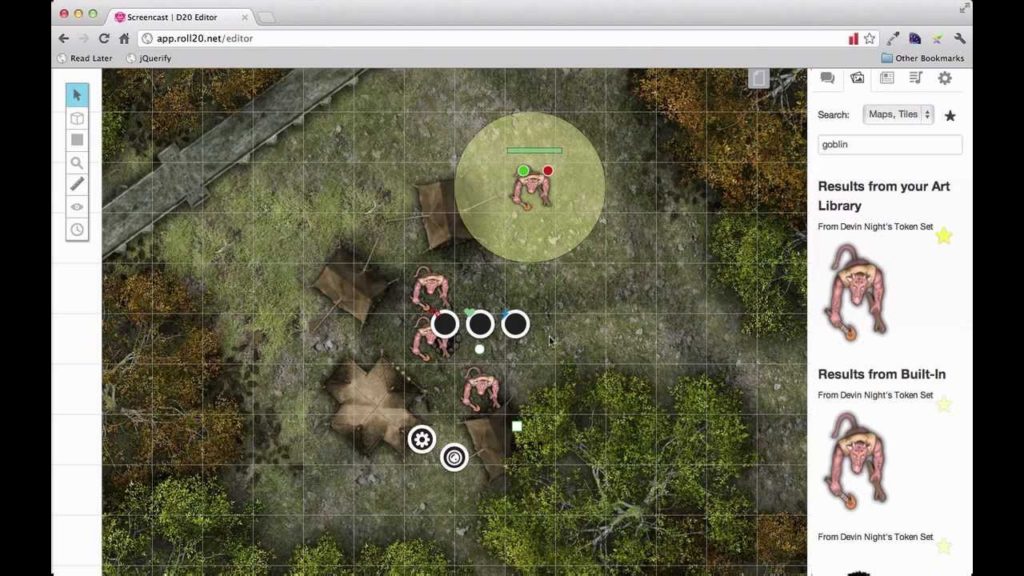
My Own Choice?
At the moment I have not made a final decision on which option I am going to use to play online. I have set up a Roll 20 account. And I have begun playing around with creating a campaign for play there. I watched all of the “Crash Course” videos that they offered. And I understand, somewhat, the process of setting up a game. What is less clear, however, is how I will use it in actual play. Will I choose to use the Roll 20 for the map and something else for voice? I do not yet know.
At this point in time I have spent most of my time looking at Roll 20 since that was the clear favorite in the poll. But I will point this out. Others are using other VTT software and my poll is not the only article on this subject. There was an excellent article written by a guy who goes by the handle EOTB on Dragonsfoot.org and on Knights and Knaves. He wrote his article on the latter site and it can be found at the following link:
EOTB is far more experienced in playing on a Virtual Table Top than I am so this article was quite informative. He states that he has played on both Roll 20 and on Fantasy Grounds and then explains his reason for choosing Fantasy Grounds over Roll 20. There is a great deal of discussion in that thread about different software and methods of playing online.
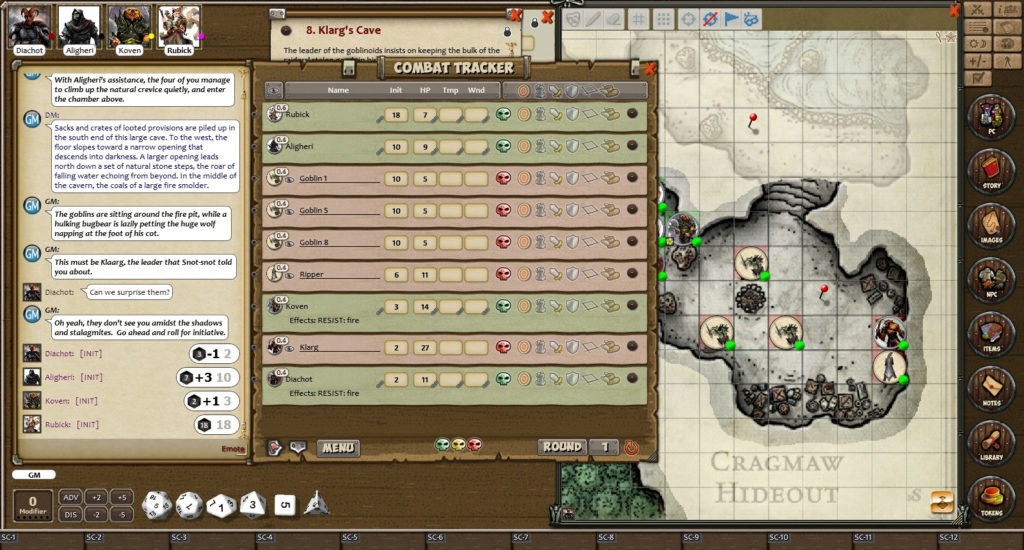
Your Options for Online Play
Ok. Now that I have given you the build up for playing Dungeons and Dragons over the internet the rest of this article is going to attempt to give you an idea of the features, benefits and drawbacks of using different methods of online play. For purposes of this article I am going to include video conferencing options as well as voice only options.
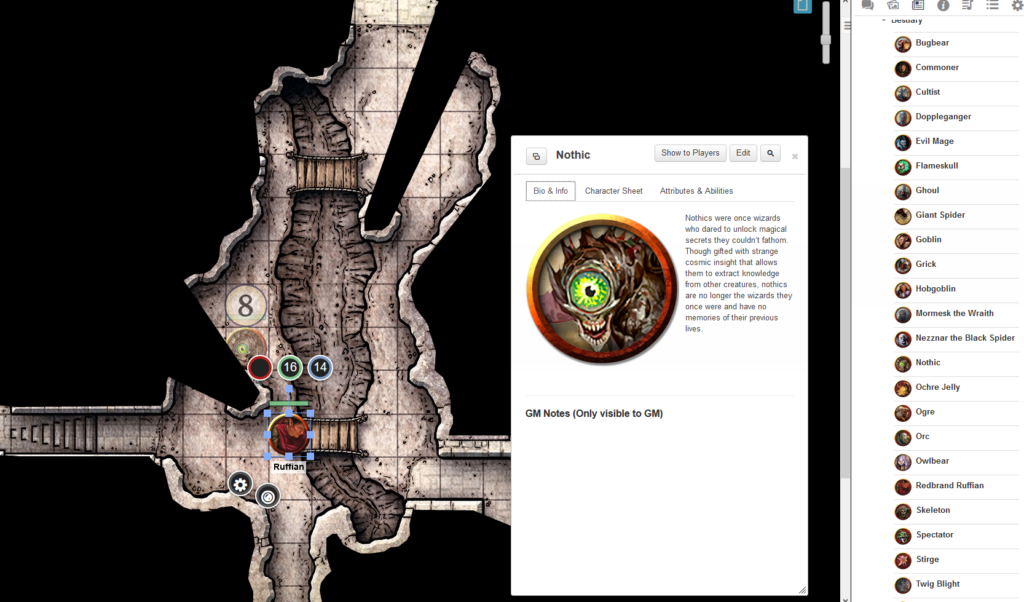
Roll 20
Roll 20 is free to use. It has tools for building characters, rolling dice and running campaigns. It has a character builder, map tools, dynamic lighting, video and voice chat and a powerful dice roller. It offers digital rule books for many popular systems, ready to play adventures for many popular systems and integrated rule books. Roll20 Link
Some key features of roll20 include:
- Dynamic lighting and fog of war
- Dynamic character sheets
- Shared maps
- Enemy and player tokens to use on those maps
- Triggered sound effects and/or music to be played during certain scenes in the game
- A character creation tool for certain licensed game systems
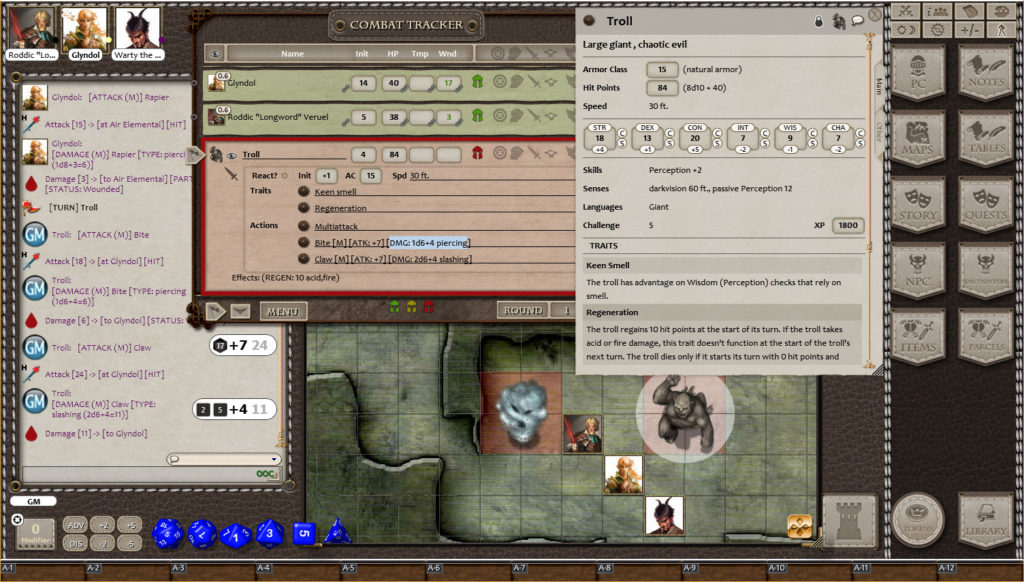
Fantasy Grounds
Fantasy Grounds is designed to give the same experience as a pen and paper gaming. It is designed to simulate the many things that go on during a live, in person, game. One can take the roll of the Dungeon Master, and design the game or campaign to be played, or one can act as one of the players. The application allows communication, drawing, dice rolling and managing information. Fantasy Grounds Link.
Some key features of Fantasy Grounds include:
- Realistic dice rolling with 3 dimensional dice
- Automation geared towards some specific role playing systems
- Shared maps
- Some built in maps and extensive map packs available
- Ability to import maps from other sources
- Random table generation
- Rule sets built in for various game systems
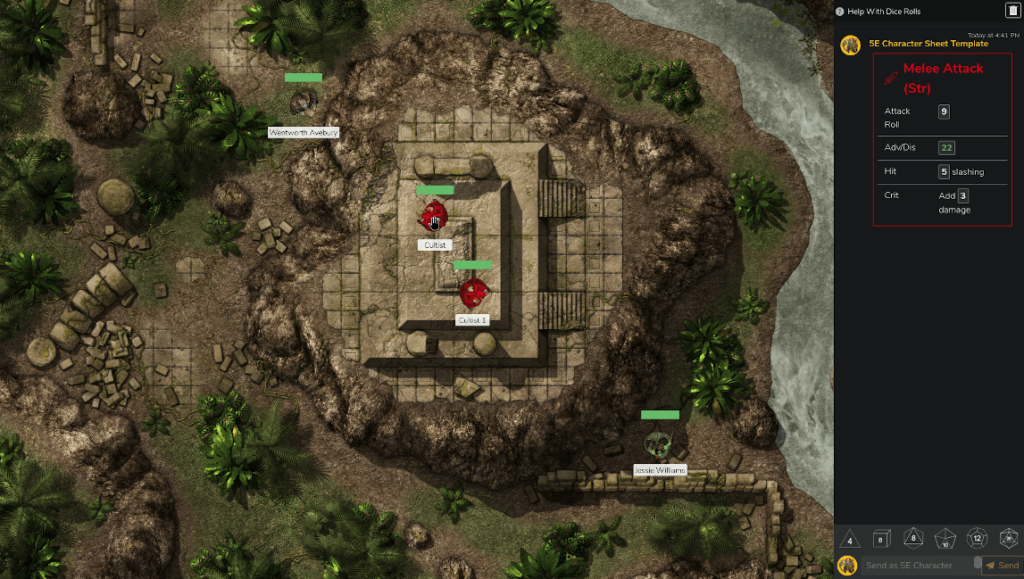
Astral Tabletop
Astral bills itself as being the “easiest way to play table top games online.” It advertises that it has easy and immersive tools and allows you to build character sheets for any tabletop system. Astral Tabletop Link
Some key features:
- Build epic battle maps from an enormous library of scenery, props and tokens. Or load your own.
- Pro users are supplied with extensive new maps, tokens and scenery each month
- Weather, visual effects, triggers and other attributes can be made
- Easy to use tools
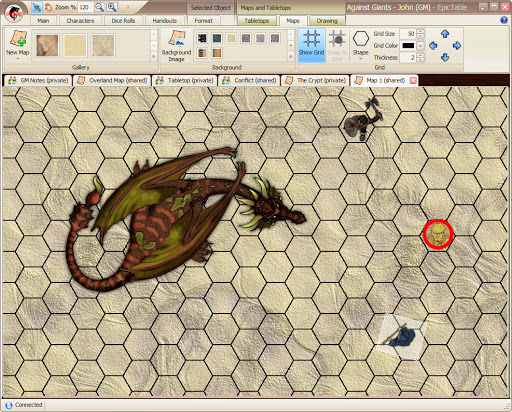
Epic Table
Epic Table states that it is easy to use, embraces any table top system and acts like a real table. Epic Table Link
Key features of Epic Table:
- Ease of use
- System embracing – supports the games you want to play without costly add ons
- Plays like a real tabletop – it plays like a wet/dry erase battle map
- Shared, functional maps, with no prep required
- Player handouts
- Chat options including dice rolling, tone of voice and whispers
Open RPG
This service may or may not still be in operation. The link takes you to a site which has some functioning items on it but seems like it is greyed out and is possibly dead. Open RPG Link If this service does still operate they seriously need to work on their home page. It does not look like a functioning site.
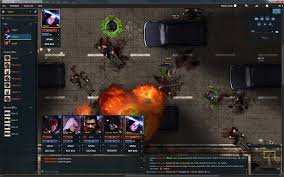
Skirmish
Skirmish bills itself as an advanced virtual table top for wargaming or role playing. It also refers to itself as a next generation virtual table top. It claims to have a high quality asset library. It also says that it is highly modifiable. Skirmish Link
Some key features of Skirmish:
- Right now it is offered as a free beta
- Dynamic lighting and fog of war
- Plug in rule systems
- Play local, lan or online
- Extensive map and token library
- Advanced navigation tools
Features that are being developed but are not yet available in the beta:
- Unsnapped fog of war
- Path finding
- Lighting system beautification
- World builder
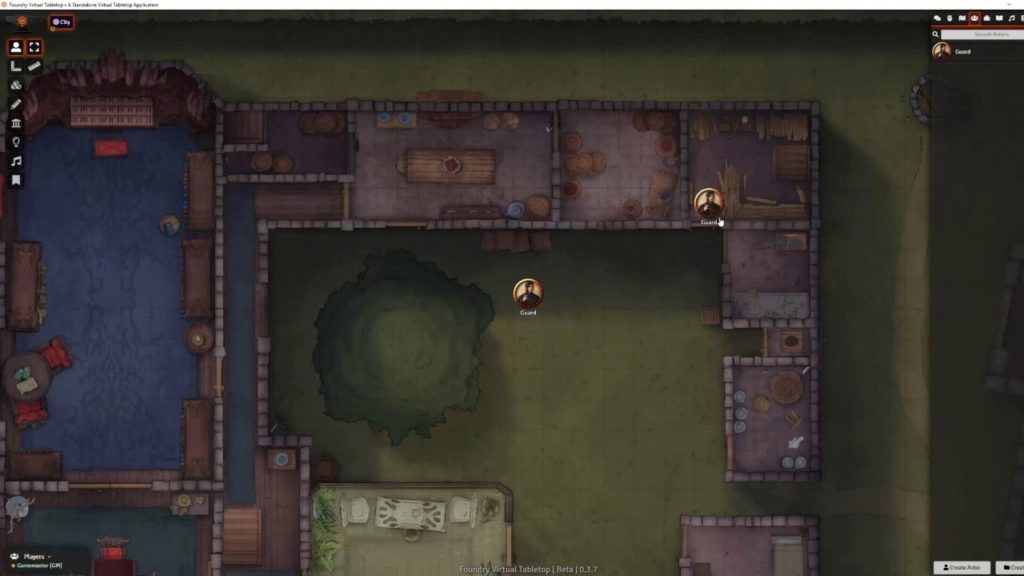
Foundry
Foundry advertises that it is a feature rich and modern application that allows players to connect directly through the application. It is built for experiencing multiplayer tabletop rpgs. Foundry Link
Some of it’s listed features include:
- A one time purchase of software for the GM and free access for the players
- Innovative and modern web technology
- Empowers community developers
- No dependency on external services
- A powerful framework that allows for home brewed content
Tabletop Simulator
This software bills itself as a video game which allows players to create and play tabletop games in a virtual sandbox. It is powered by Steam.
Key Features:
- Online sandbox with unlimited games to play how you want.
- Multiplayer physics with objects that collide and interact just how you would expect.
- Create your own mods easily with full Steam Workshop support and 3D model importing.
- Take games to the next level with Lua scripting support.
- Play just like you do in real life; pick up, rotate, shake, and throw any object.
- Up to 10 people can play together on the same table.
- Team system with voice and text chat.
- Save & load individual objects and complete games.
- Hotseat mode allowing you to play locally on the same computer.
- Browse the internet, listen to music, and watch videos in multiplayer, in-game on a tablet.
- Perfect for RPGs – build your very own roleplaying dungeons with our modular tileset, RPG Kit, Multiple States and Tablet (useful for character sheets).
- Great admin tools to enable or disable player permissions and to eliminate griefing in public games.
- 360° panoramic backgrounds that change the lighting and atmosphere.
Rptools.net/Maptool
A reader of this article mentioned this one to me. I had not heard of it but it has been around since 2007. I checked the site. It is still up. It looks very interesting. And from what i can tell…..it is free. So it is worth taking a look at.
Skype
Skype is a an application used for telecommunication. It specializes in video chat and voice calls between computers, tablets and mobile devices. It can also communicate with Xbox consoles and smart watches. Users may transmit audio, video, text and images.
Zoom
Zoom calls itself a “remote conferencing” service. It combines video conferencing, online meetings, chat and mobile collaboration.
Discord
Discord refers to itself as a freeware VoIp application. It also claims to be a digital distribution platform designed for video gaming communities. It offers text, video and audio communication between users in a chat channel.
There are many, free to join, discord servers set up strictly for use with Dungeons and Dragons. Some of these games are voice, some are video and some are merely using the text chat features to play. Most use a dice bot for rolling dice openly.
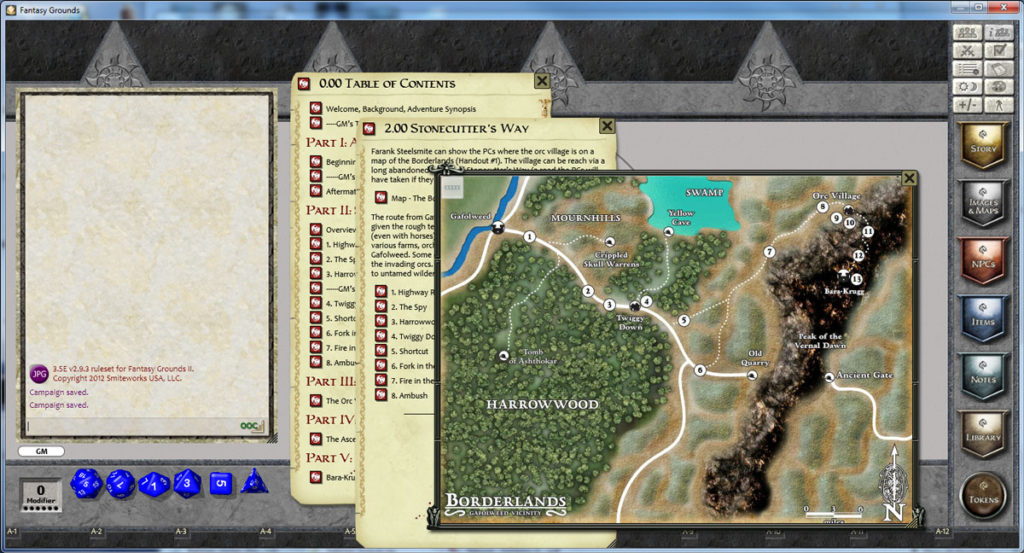
Voice Only Options
I mention these for those folks who want to keep a pure “theater of the mind” type of game in which the players and the DM talk and everything else is left to the imagination. Such options for this include:
- Ventrillo – Ventrillo is a voice application which includes text chat. It is freeware (if used with less than 8 people on the same server). rented servers can handle up to 400 people. Ventrillo link.
- Teamspeak – Team speak is an audio only communication application that can be used over the internet. Users typically use a microphone or headphones. Teamspeak link
- Mumble – Mumble is very much like team speak. It allows for simpler administration and claims high sound quality and lower latency. Mumble Link
- Steam Voice – Steam Voice is merely the integrated chat option on the Steam service. Steam is a digital distribution service. It includes games from Valve and from third parties. Steam Link
- Others
I have used some of these applications in the past. I played Eve Online for many years and during that time different Alliances (think mega-guilds) that I was a part of used different applications to communicate. Communication was critical in Eve Online as the game centers around huge player versus player fleet battles. It was not unusual for us to have 100-200 members in channel during a major engagement. In my early Eve Online days I was part of a smaller group that used Ventrillo. Later when I joined the big alliances Team Speak and Mumble were the order of the day. But these could easily be used for role playing games. Different channels can be set up on a server to allow voice discussion and role play.
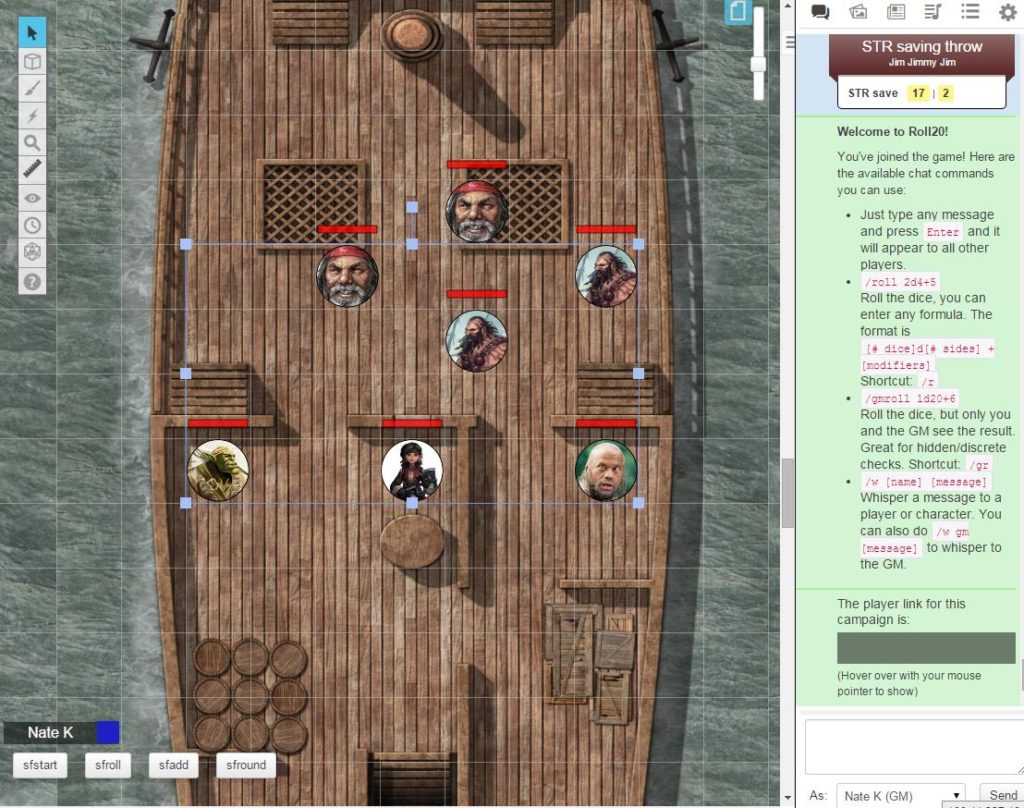
Is it All Free?
No. Of course not. Much of it is free. Many of the free sites still offer upgrades and options which do cost money. Most of the actual VTT options offer pre-made adventures, map packs, token packs, etc which cost money. Most of that is very nice and professional looking. But there are huge communities with these applications that are more than willing to share high quality content for free which you can use in your own virtual games.
Obviously cost is going to be a major factor in how many of you decide what to use, if anything, for virtual play. Some readers will probably decide that it is all too complicated. And in some ways it is. But it is not so complicated that you cannot do it if you have the desire to. Some options are easier than others. That may also lead you to your optimal choice.
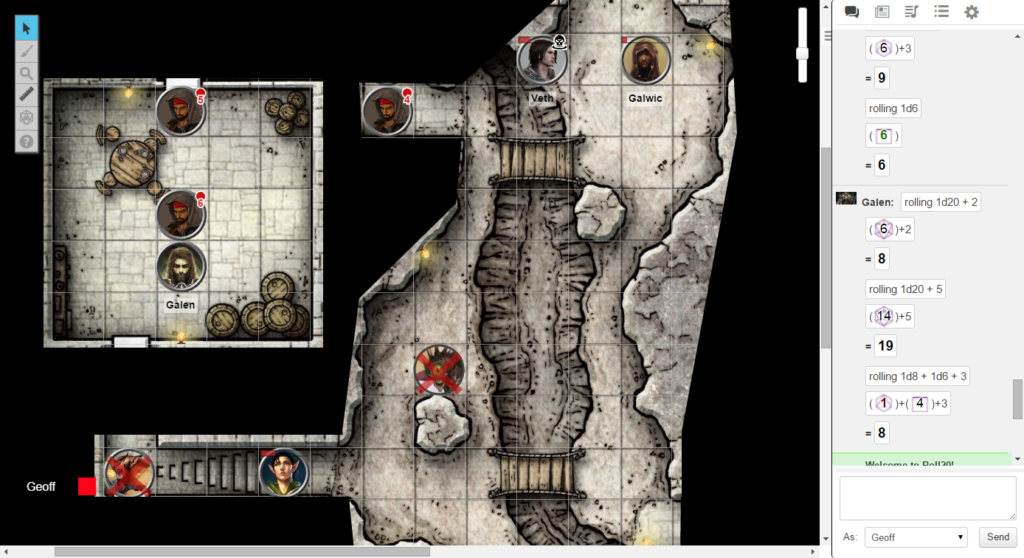
Is this all there is?
No. There are other options out there. Some of them are brand new and untested. Others have been around a while but are nearly unused now. The idea of virtual play is not exactly new. The pandemic has just brought it to the forefront of gaming.
If you enjoyed this article then you might enjoy these:
- Sieges in Dungeons and Dragons
- Sleeping in Dungeons
- Kicking in doors in Dungeons
- Running Away in Dungeons and Dragons
- Division of Treasure
- Negotiation in Dungeons and Dragons
- Secret Passages
- Treasure in Dungeons and Dragons
